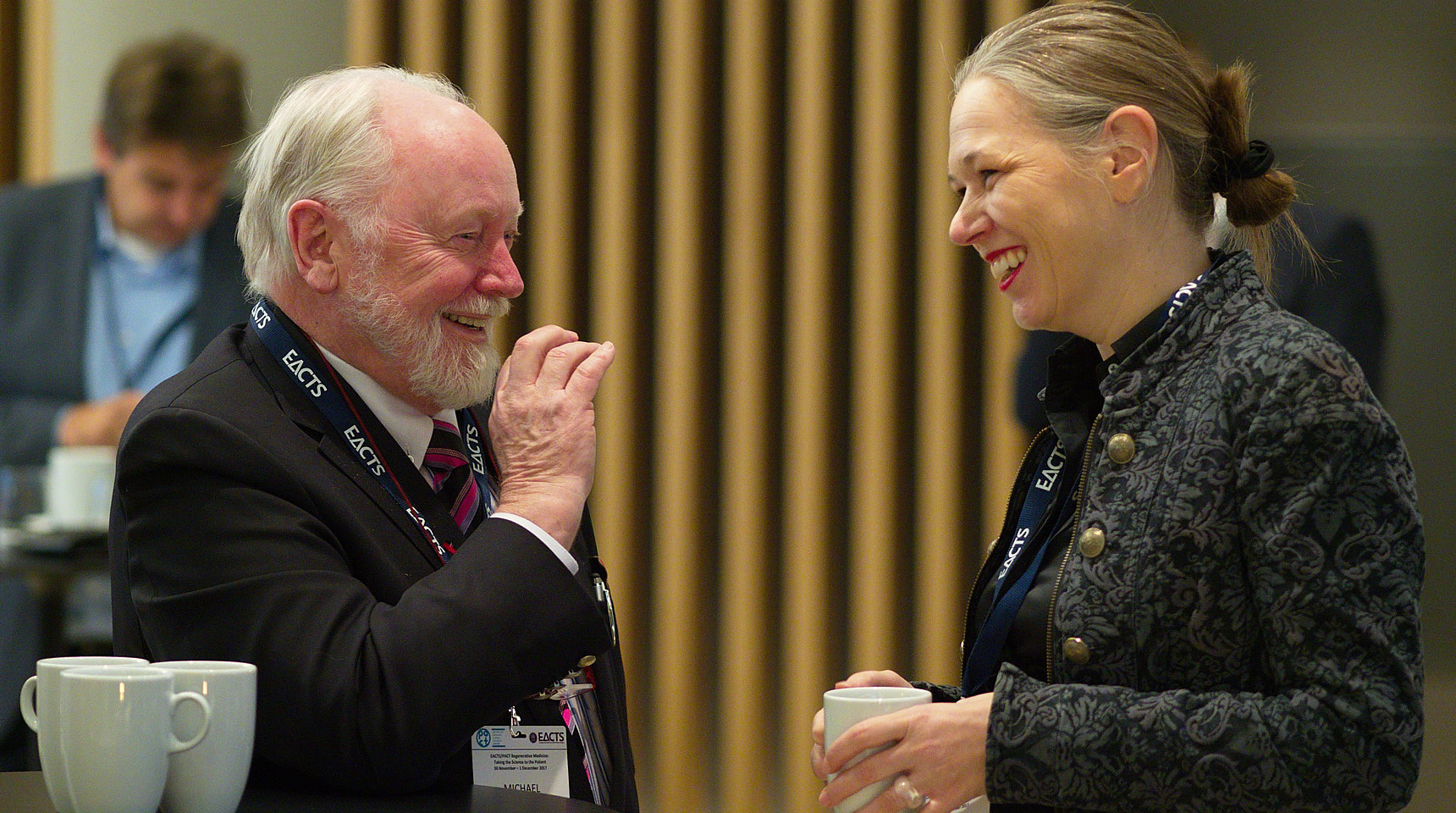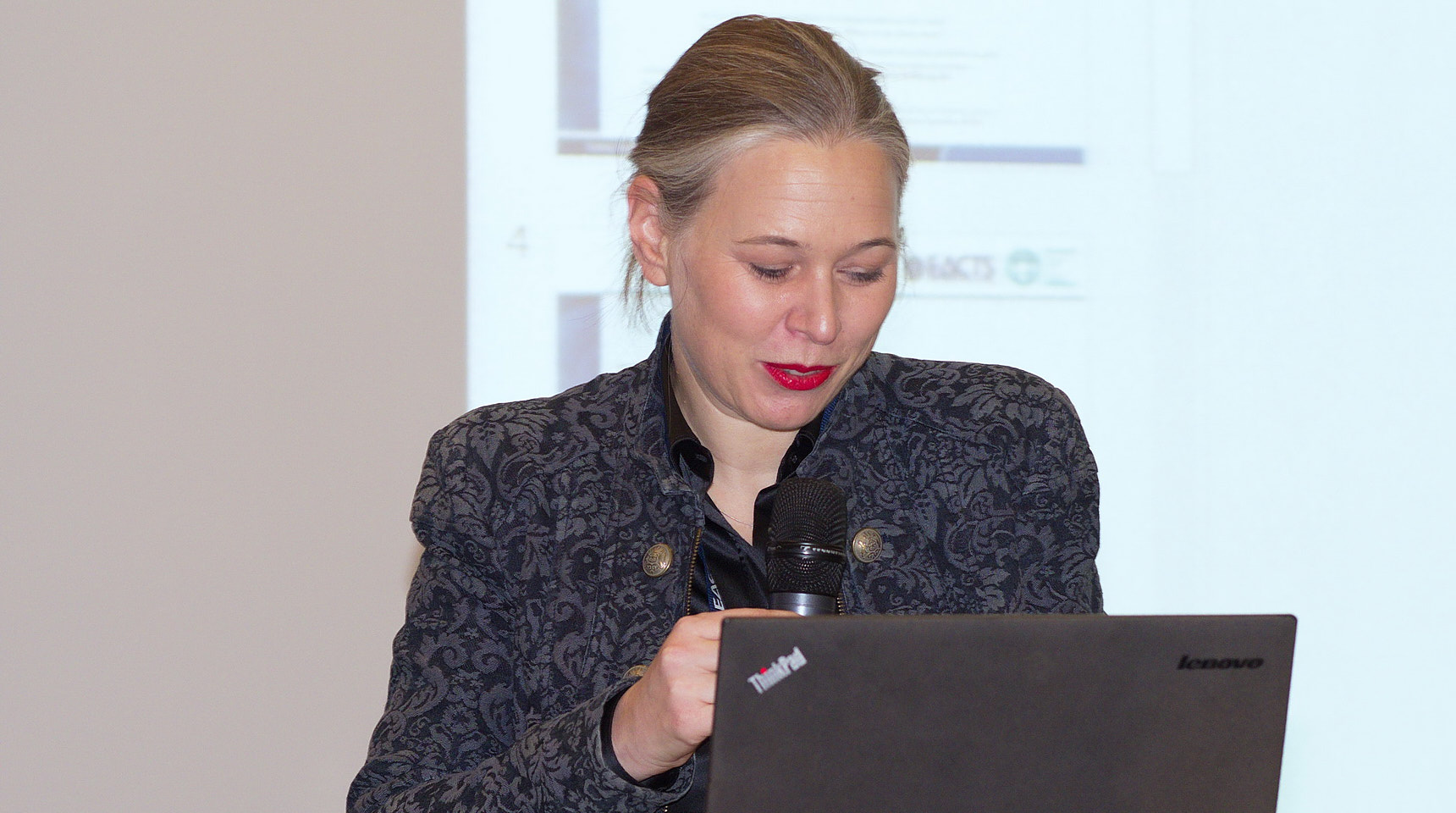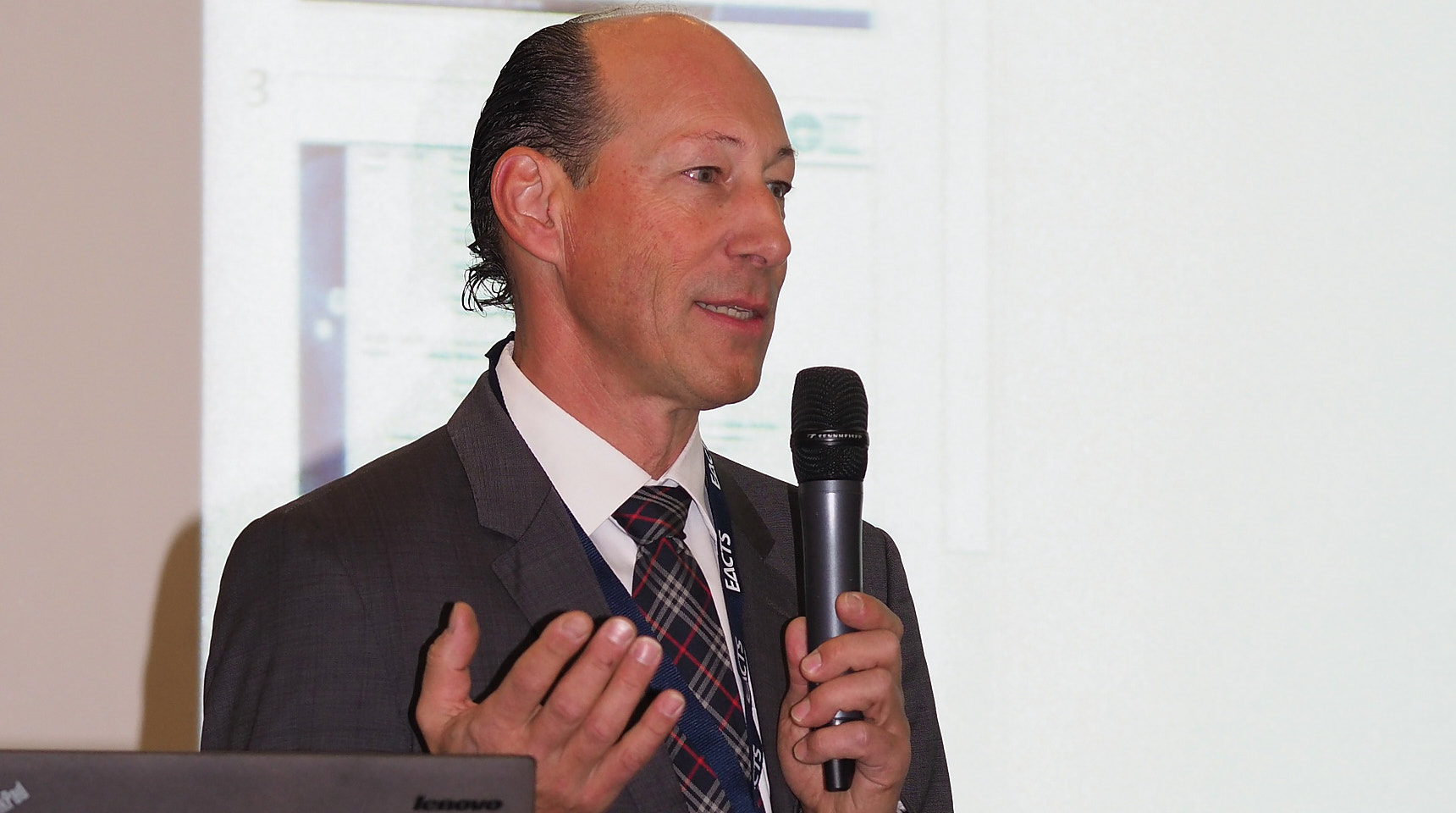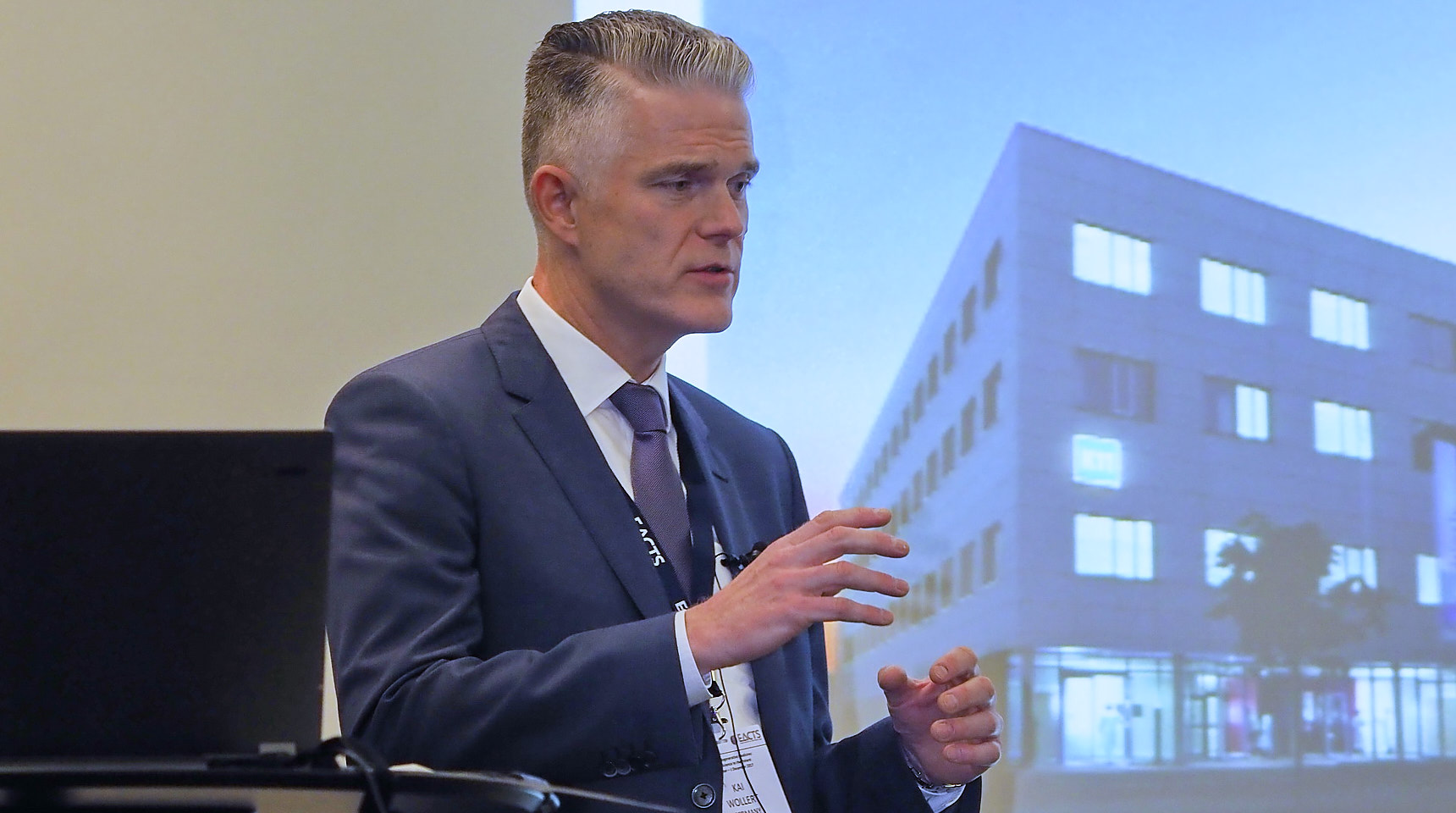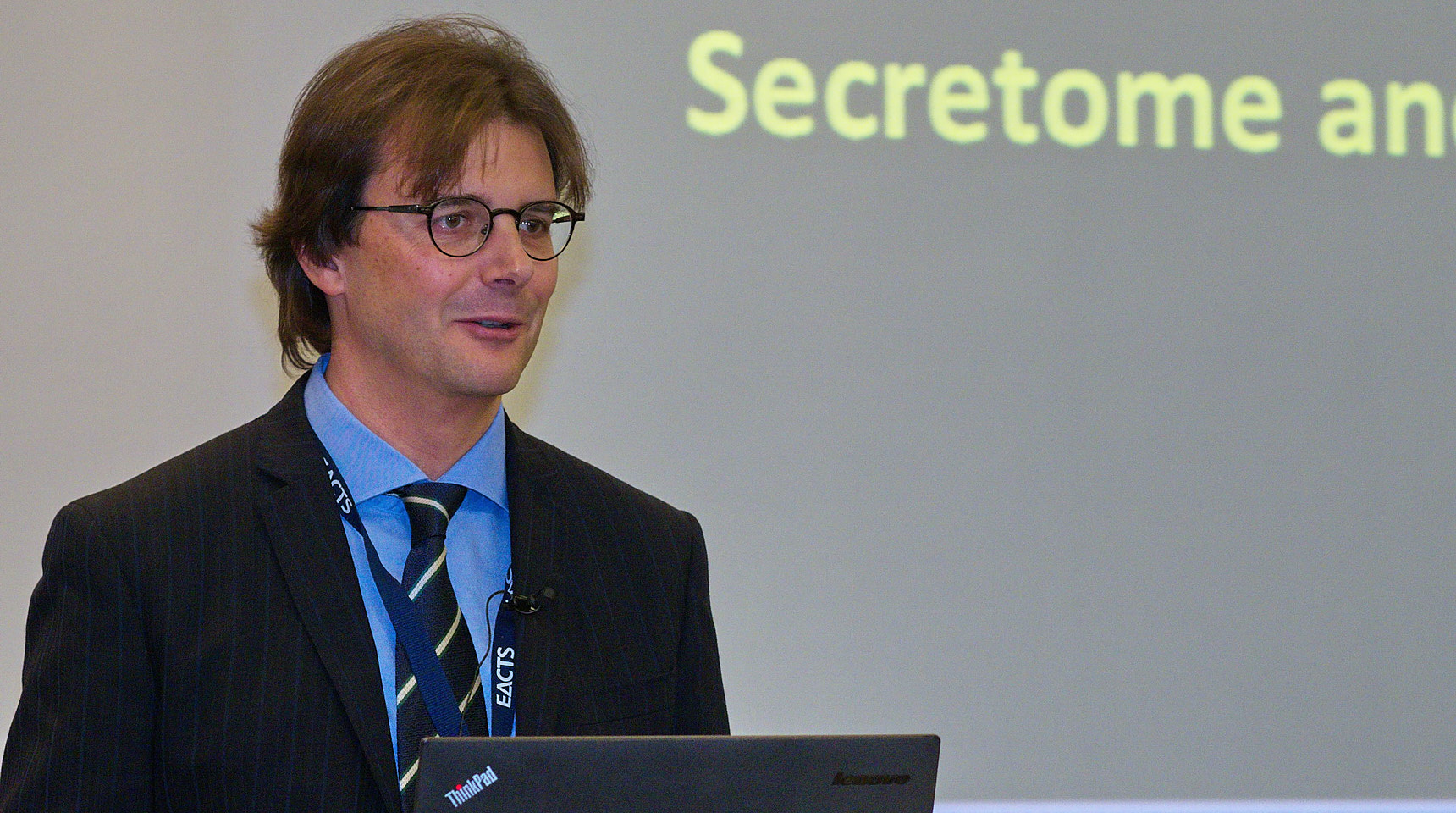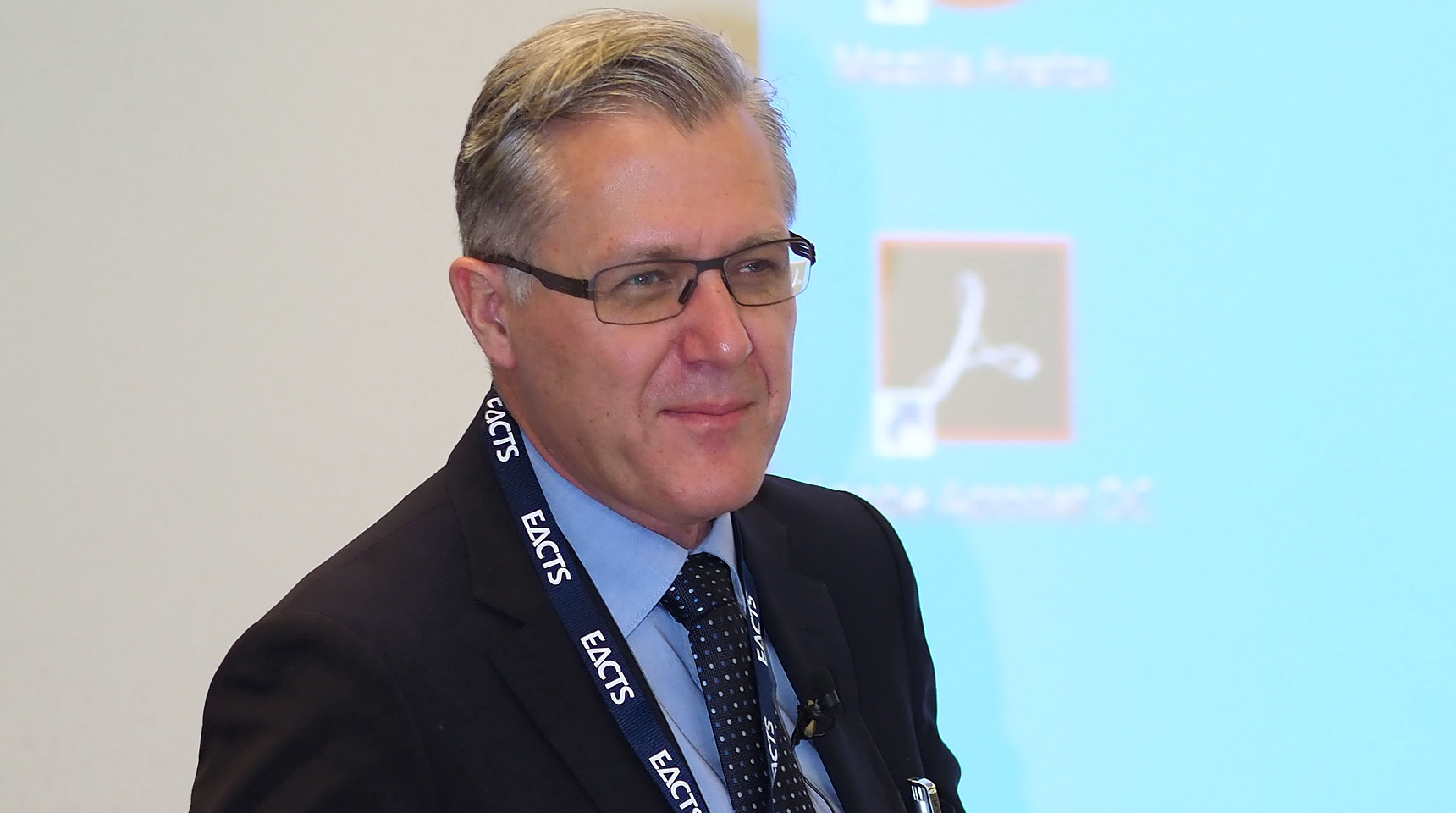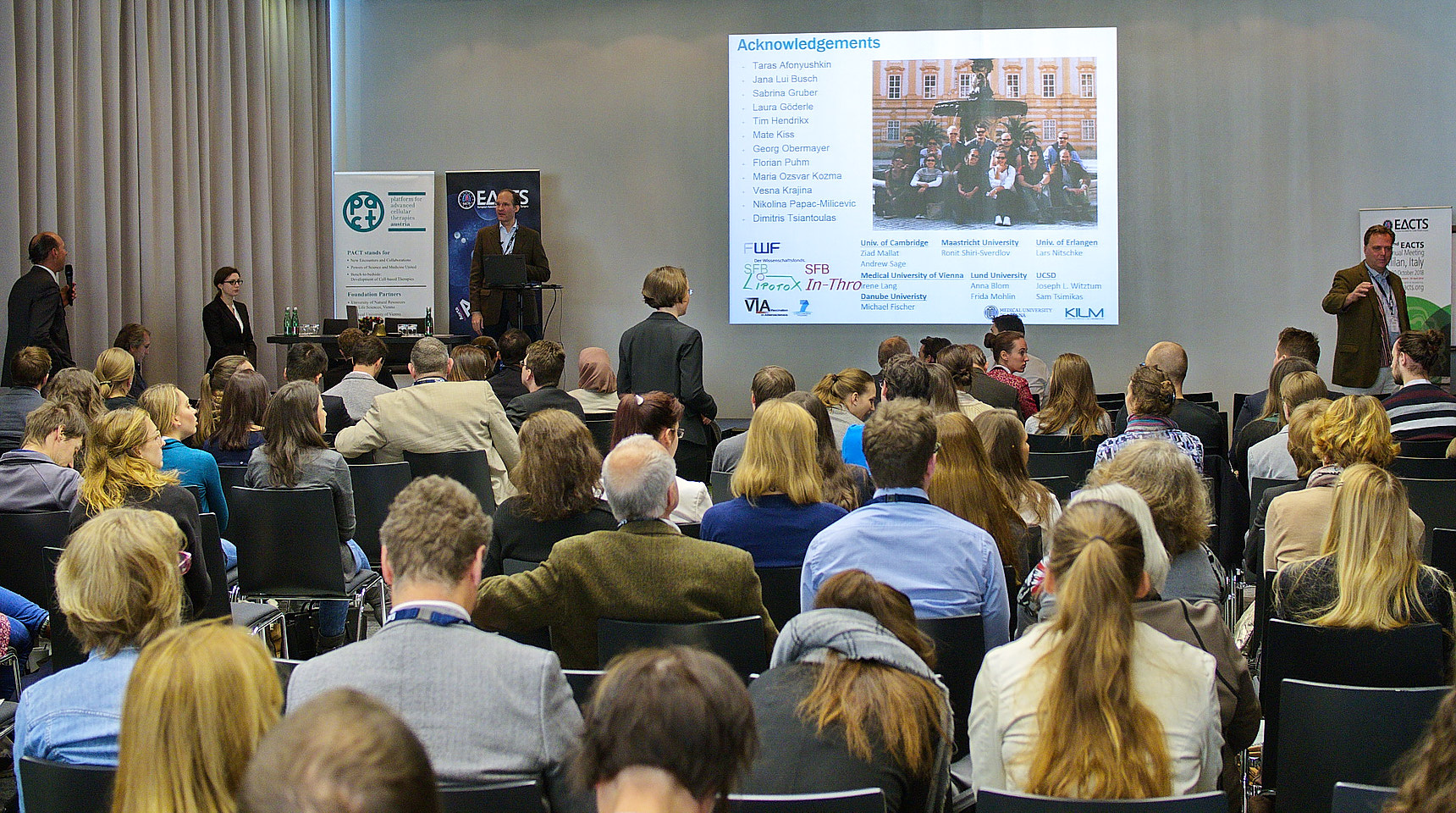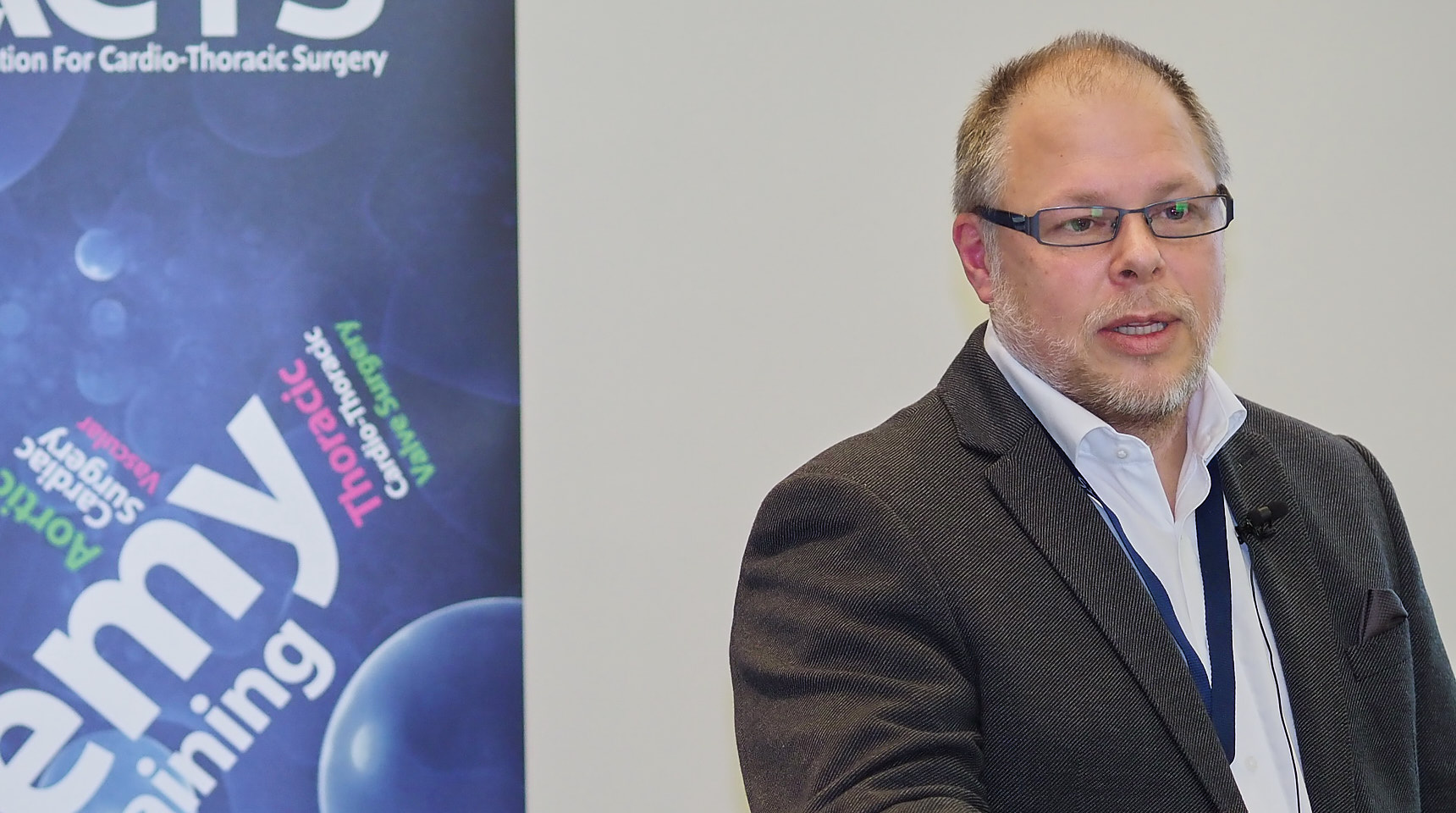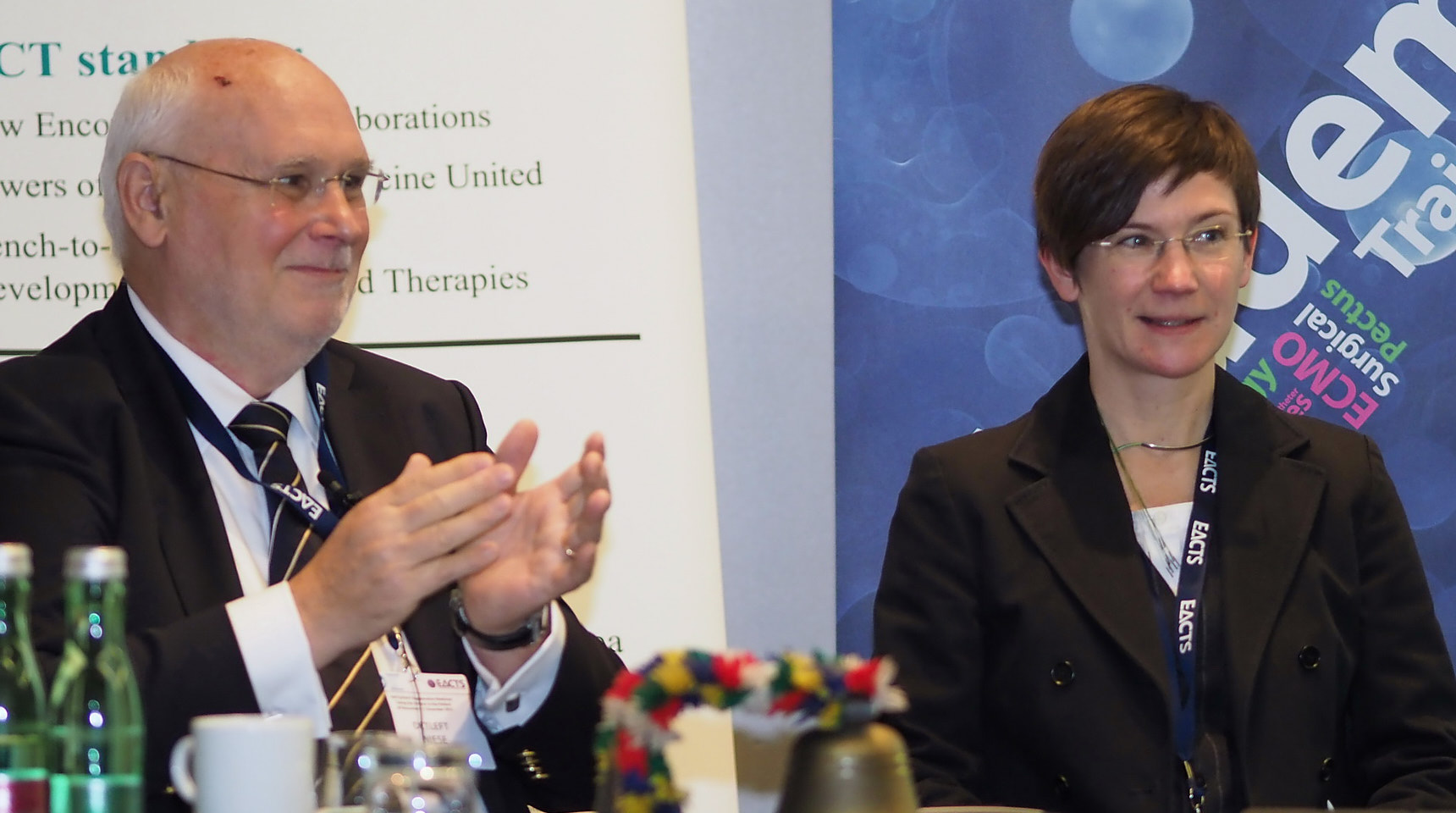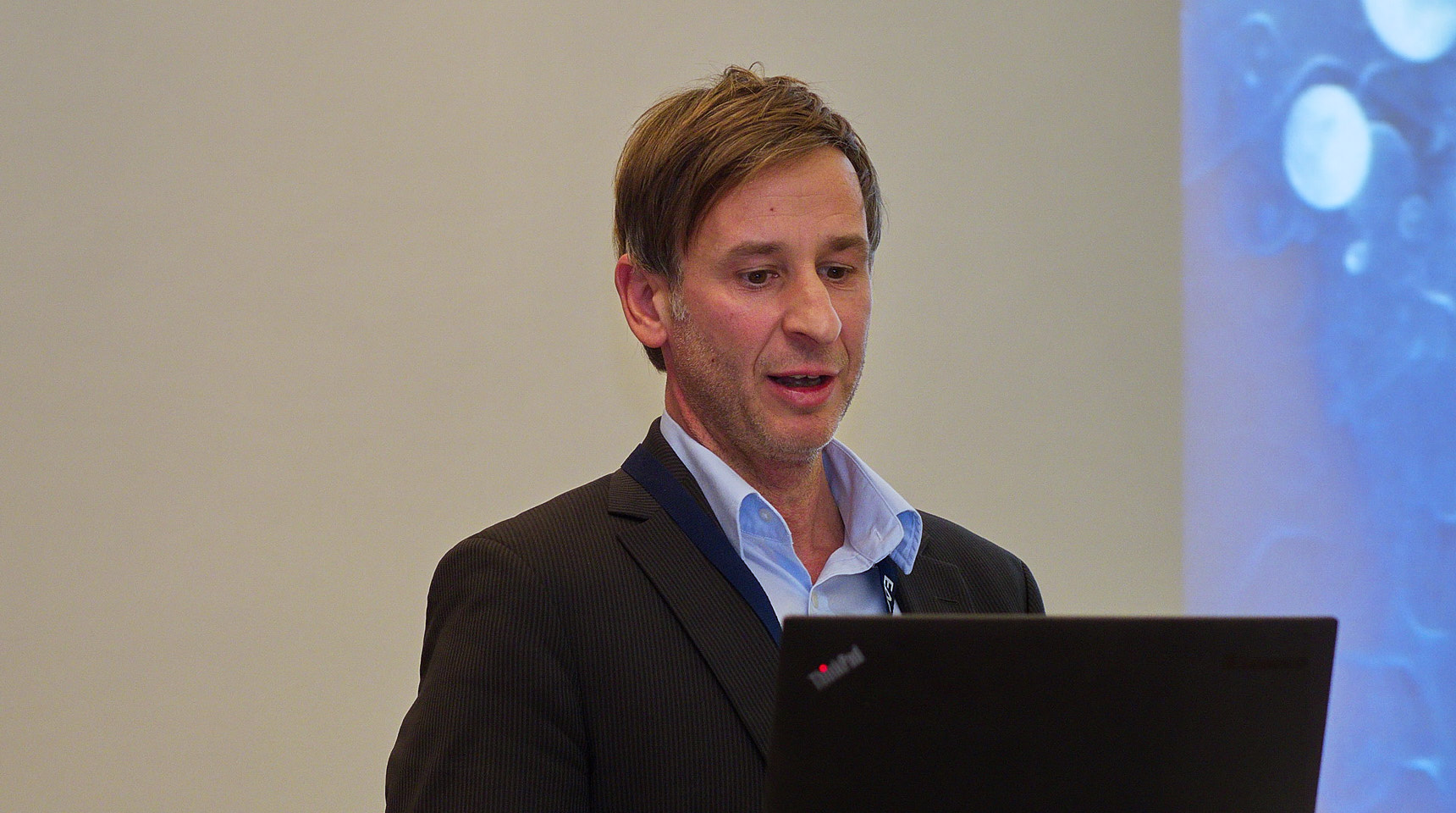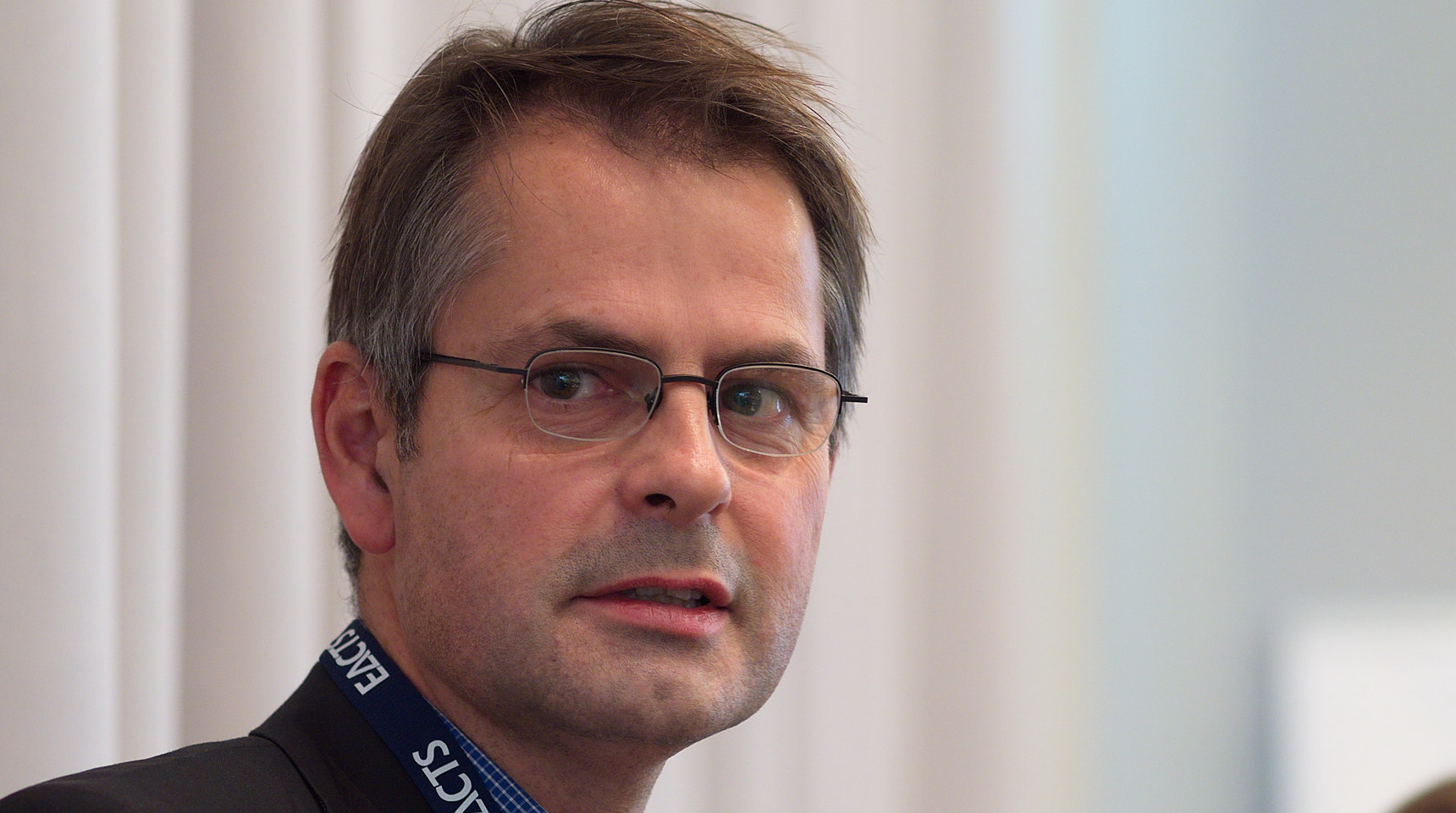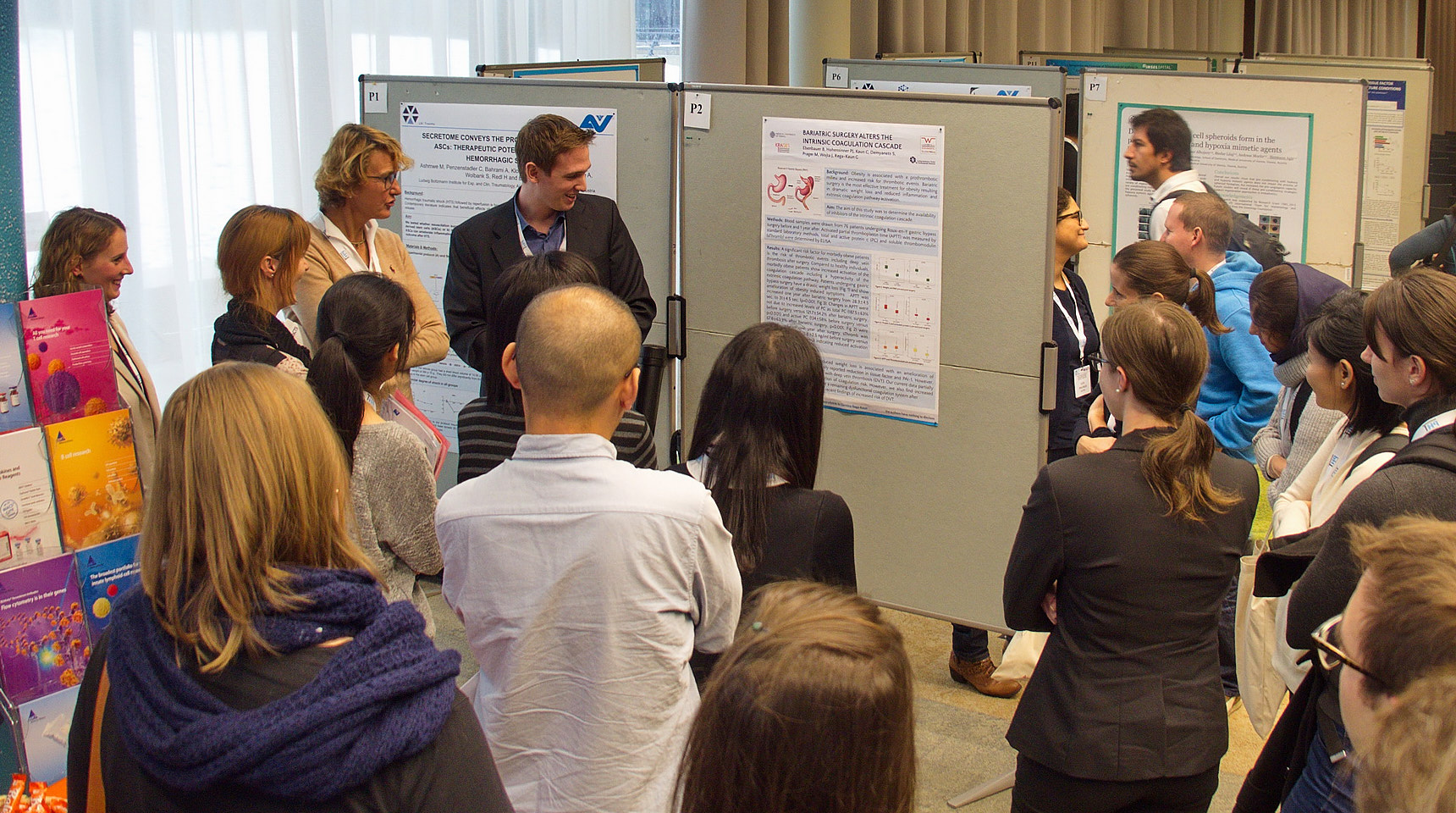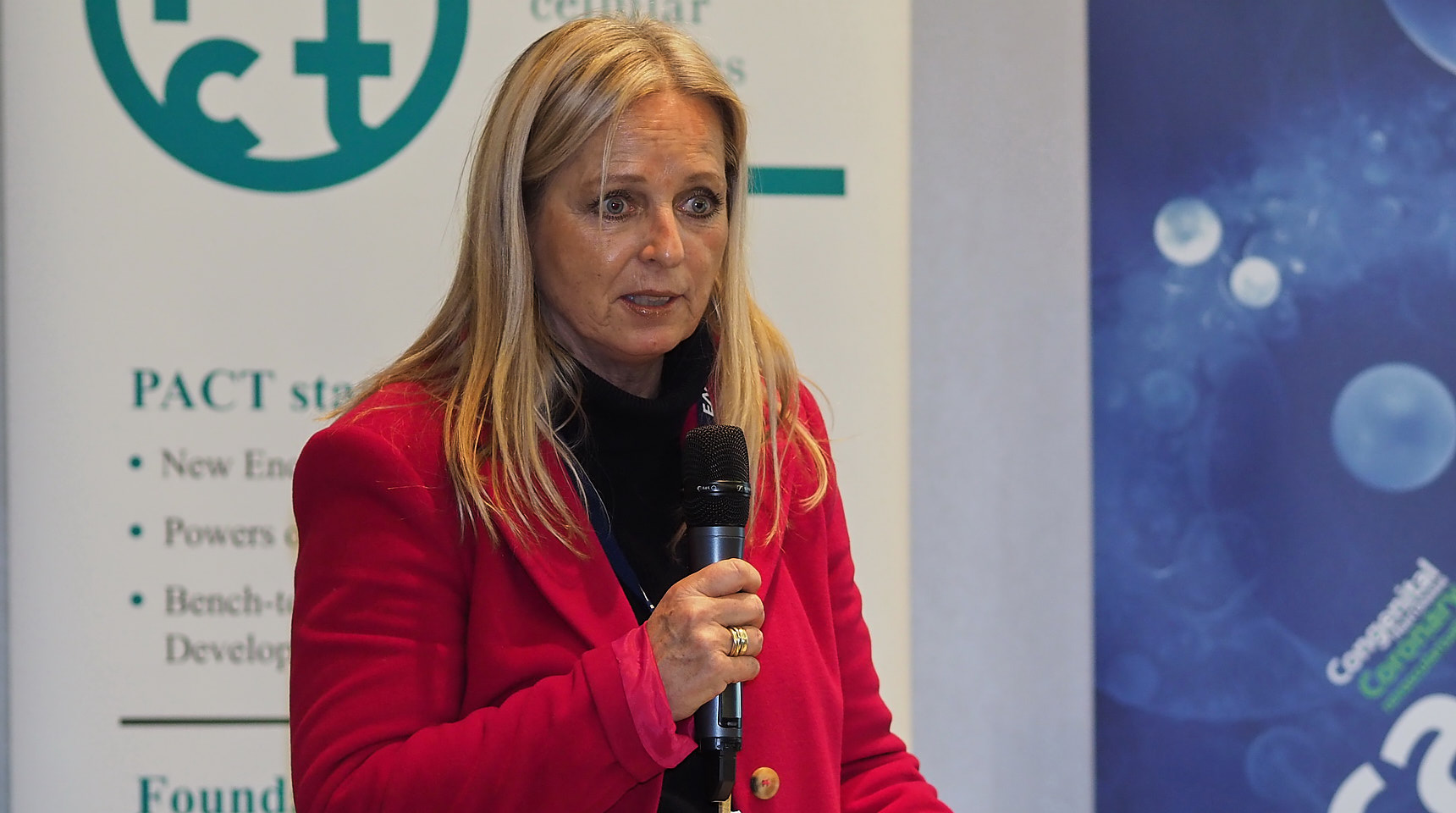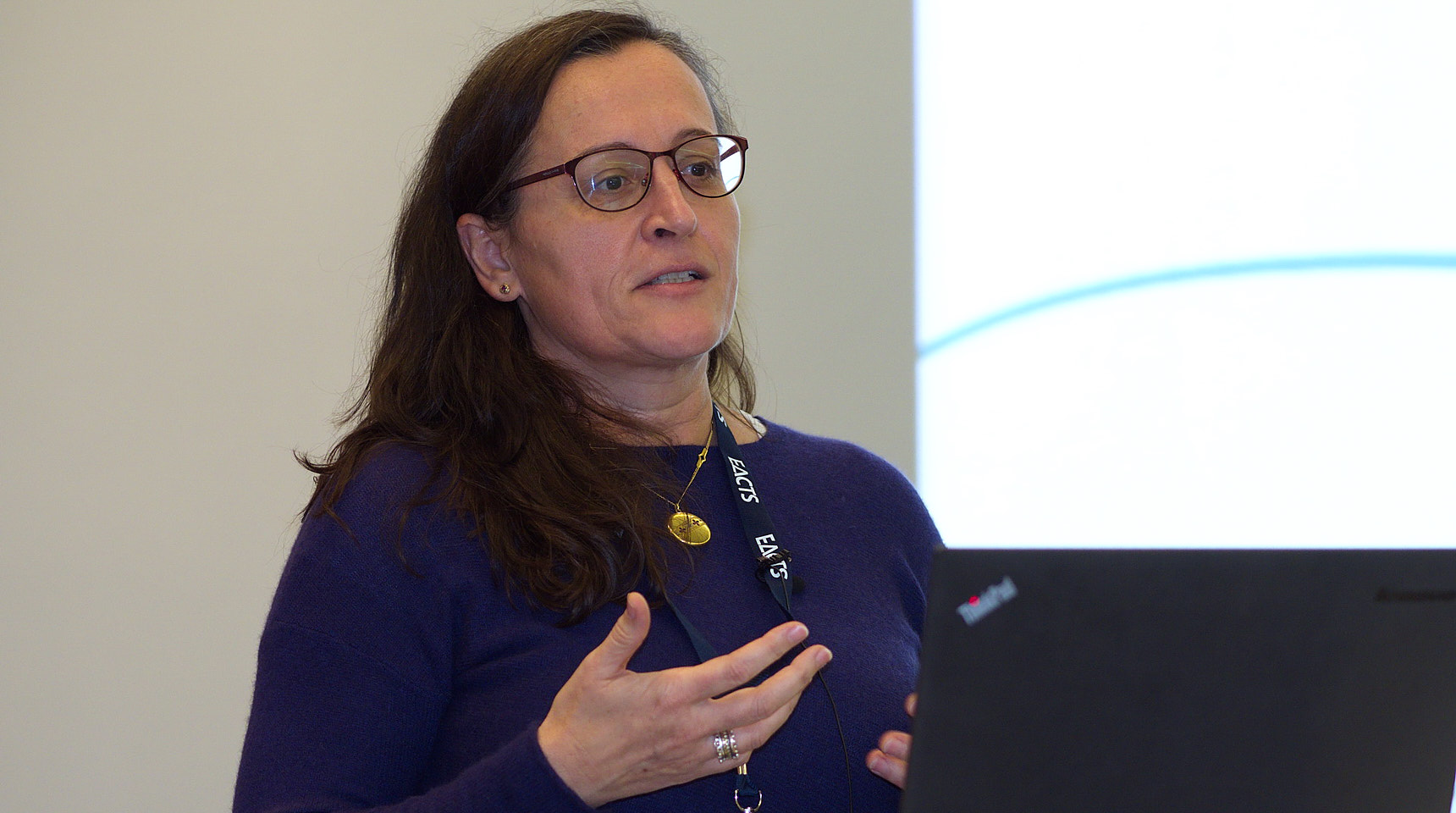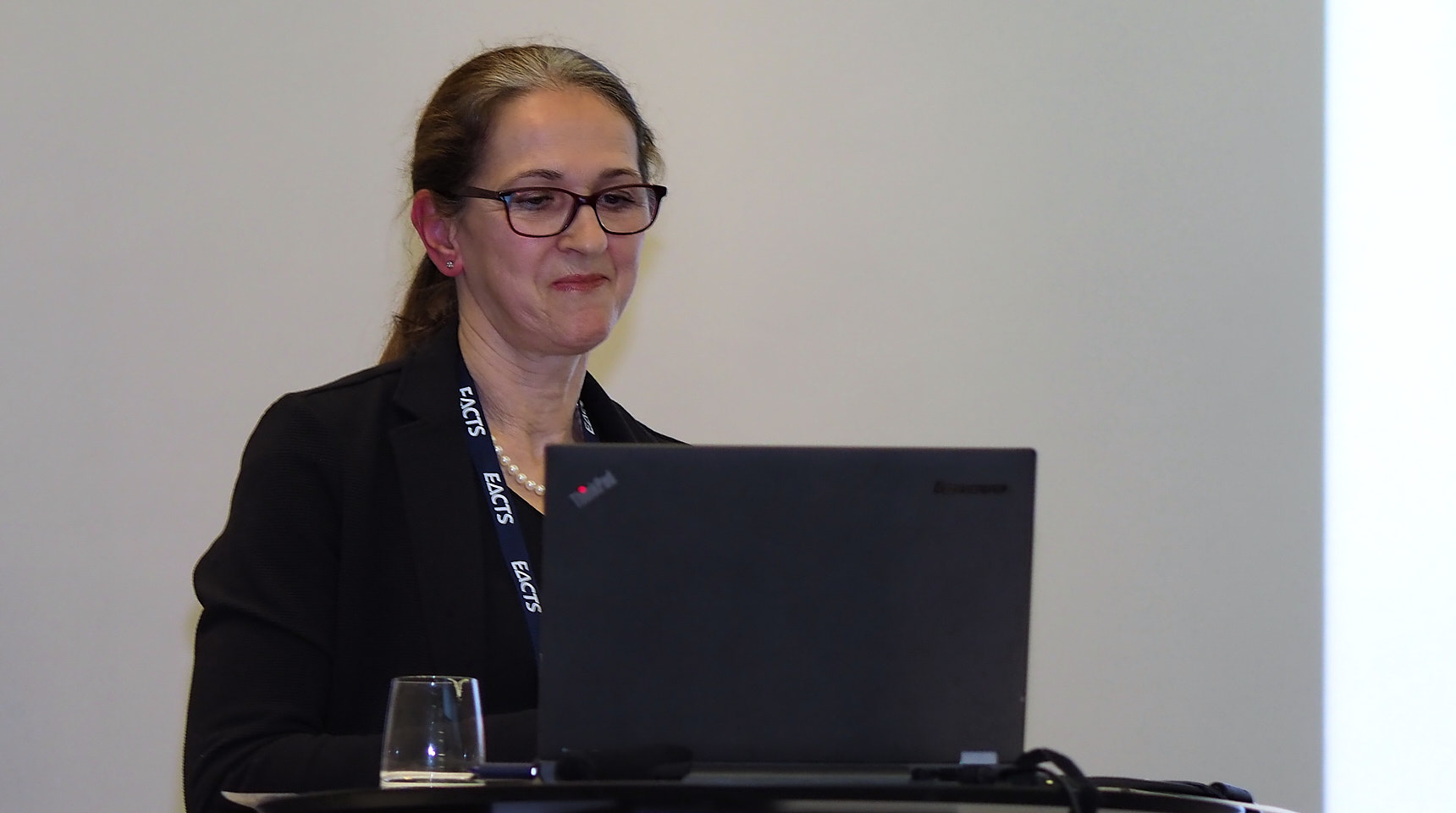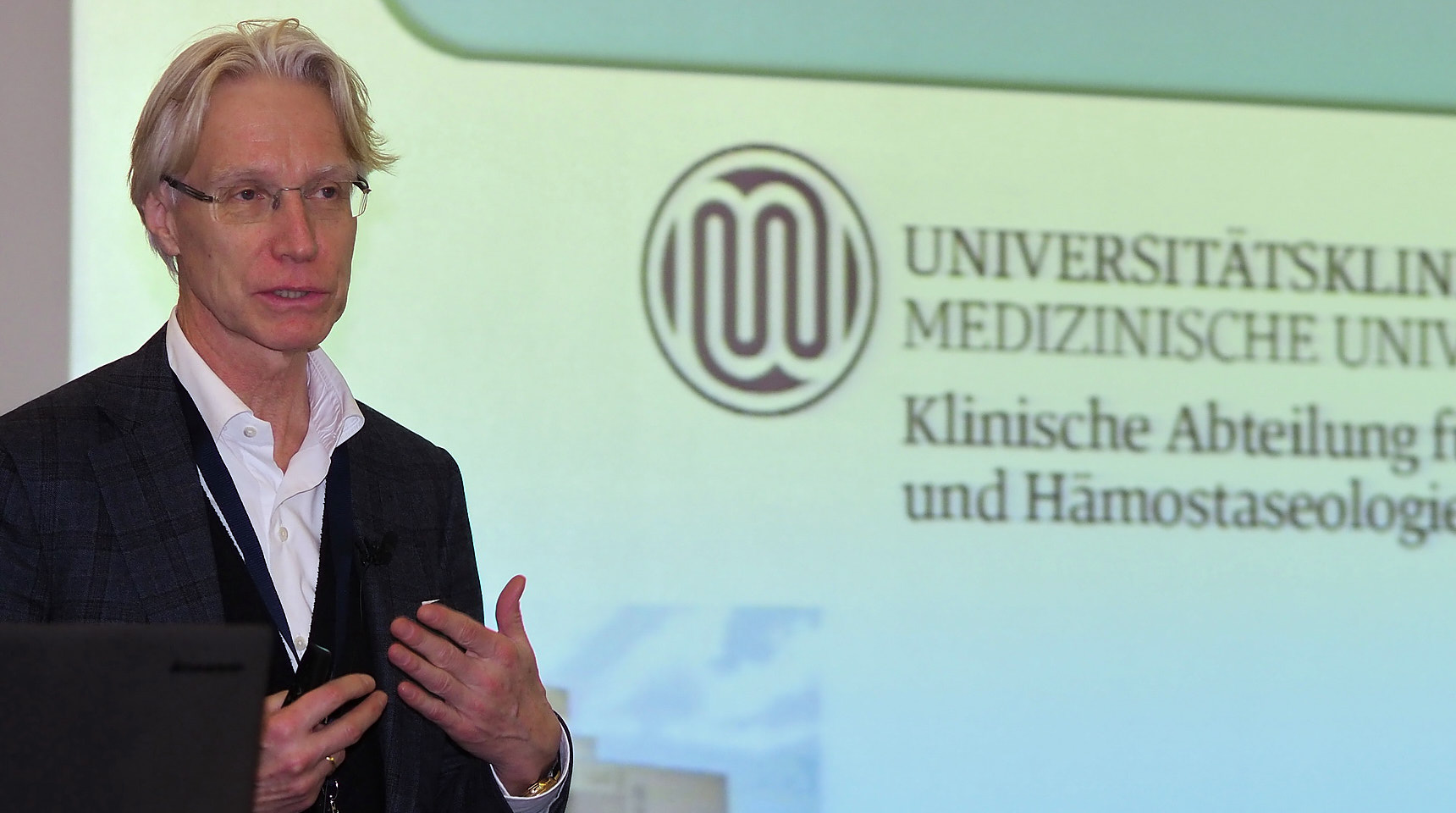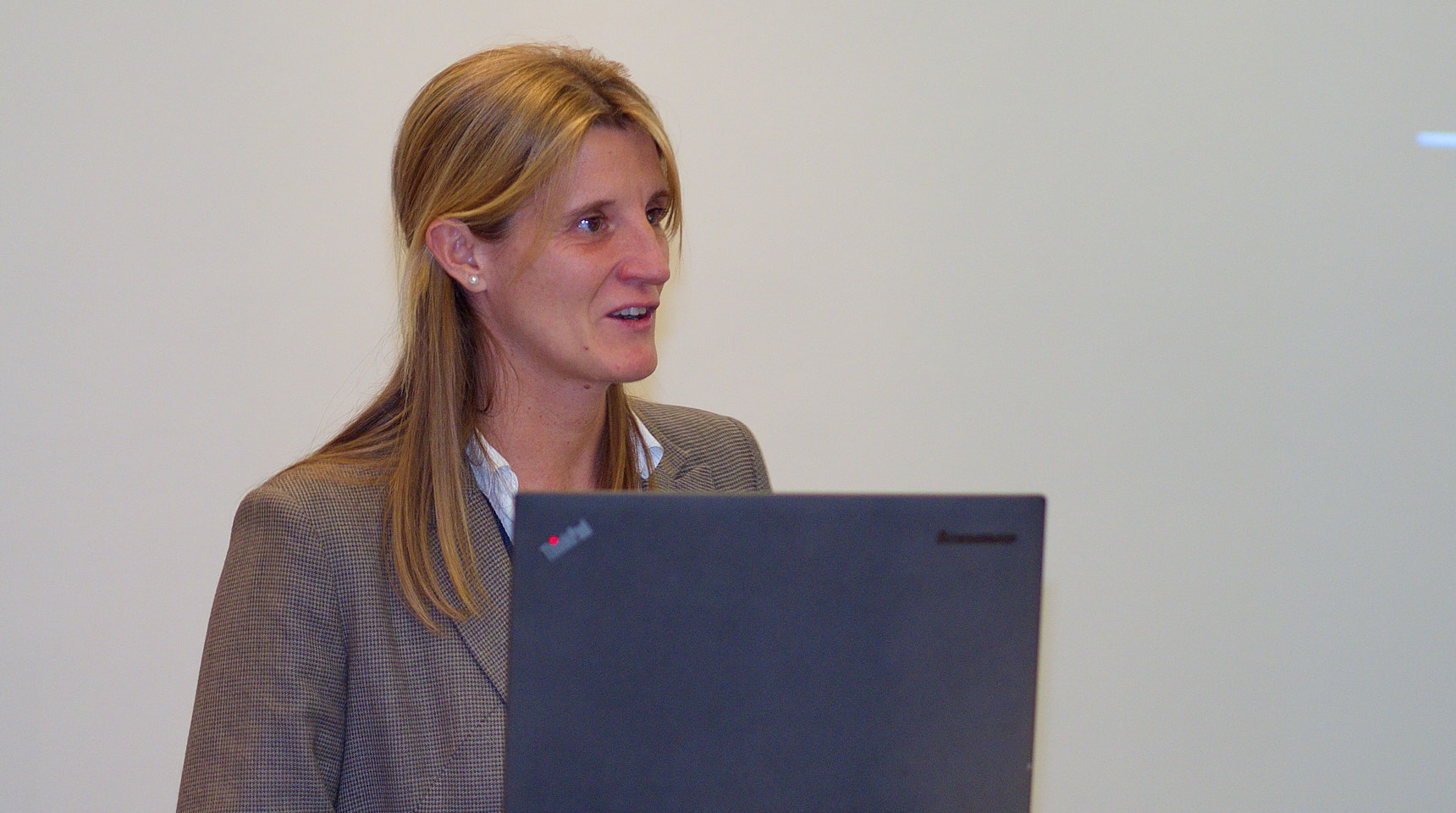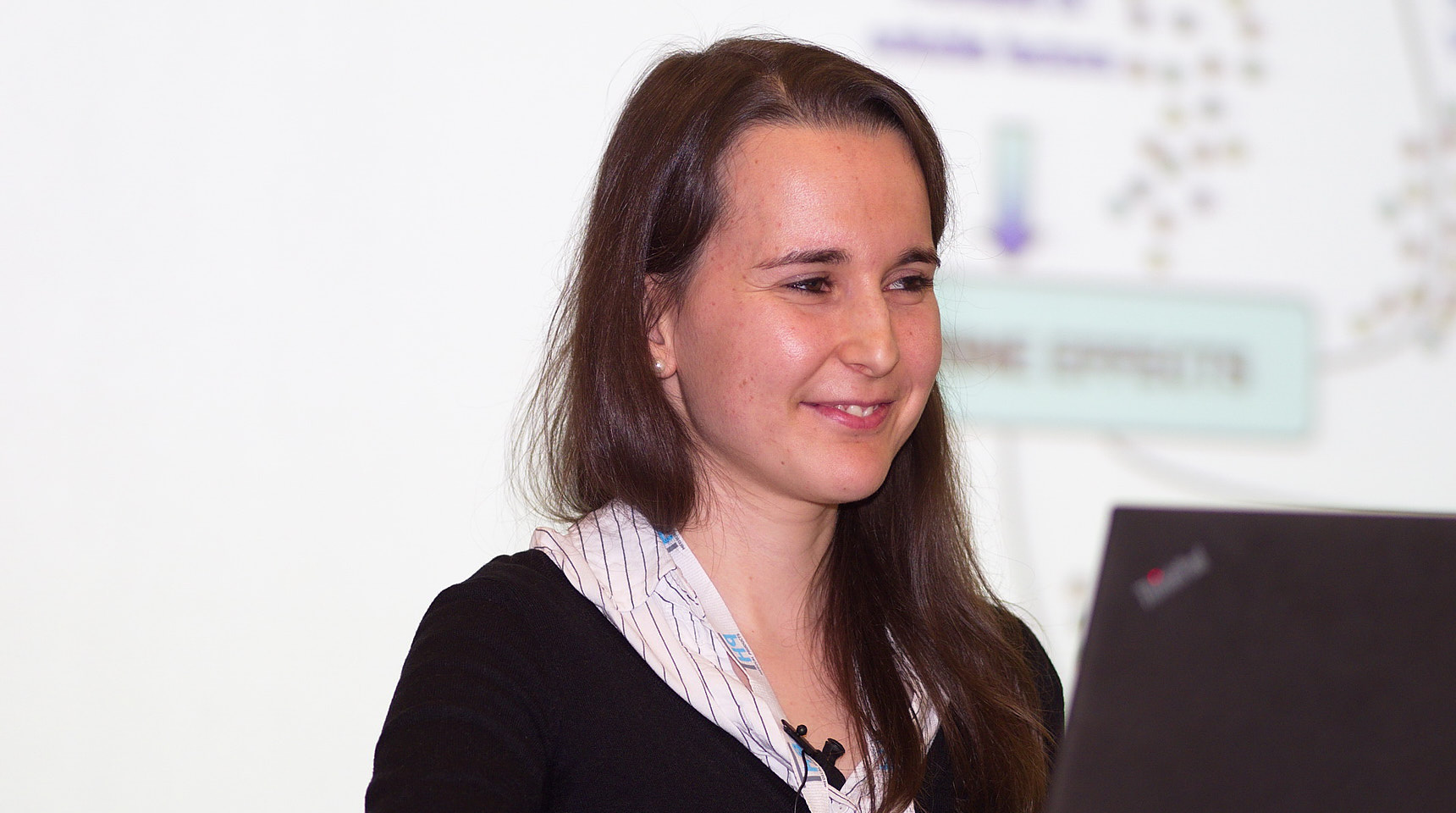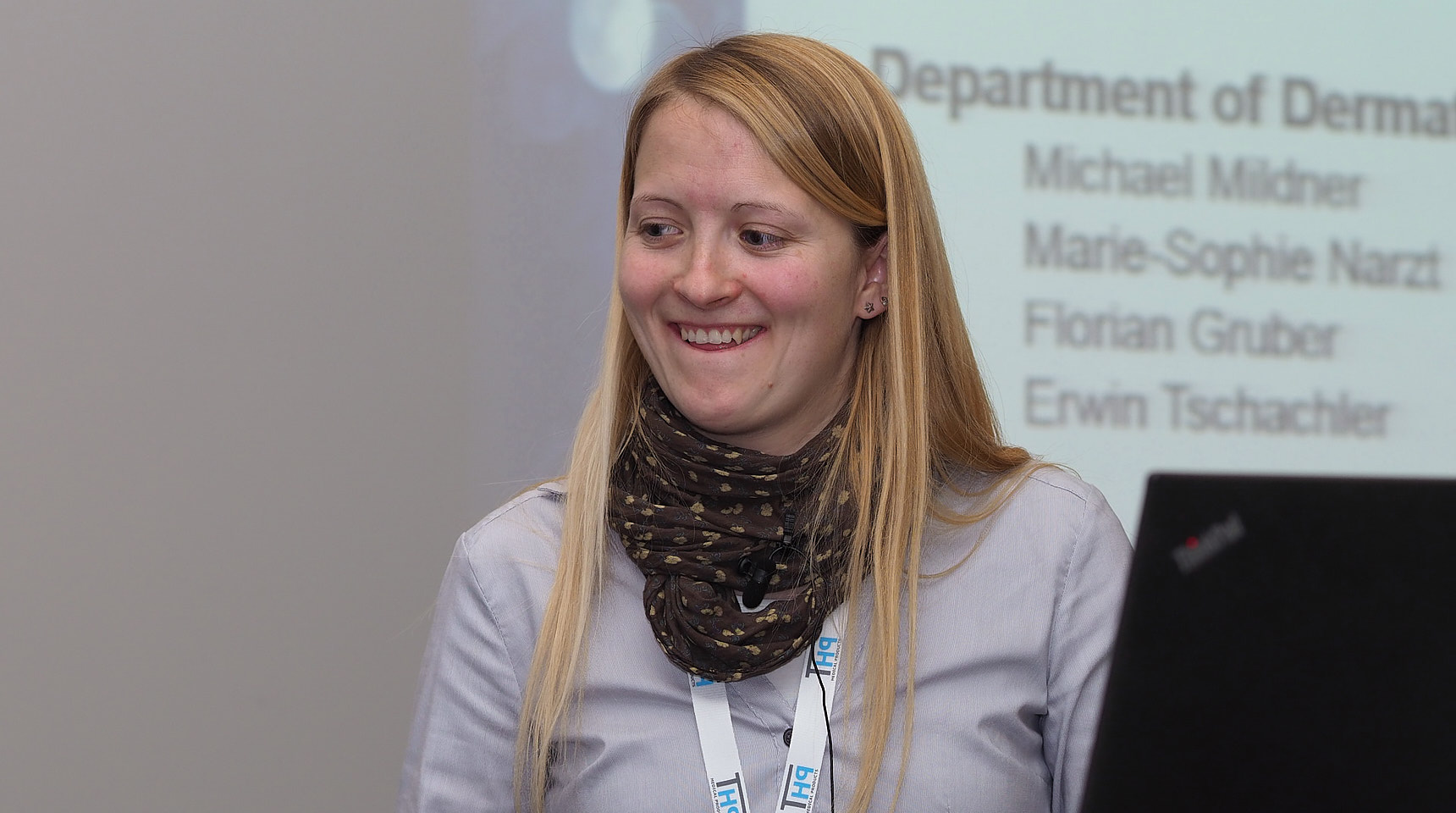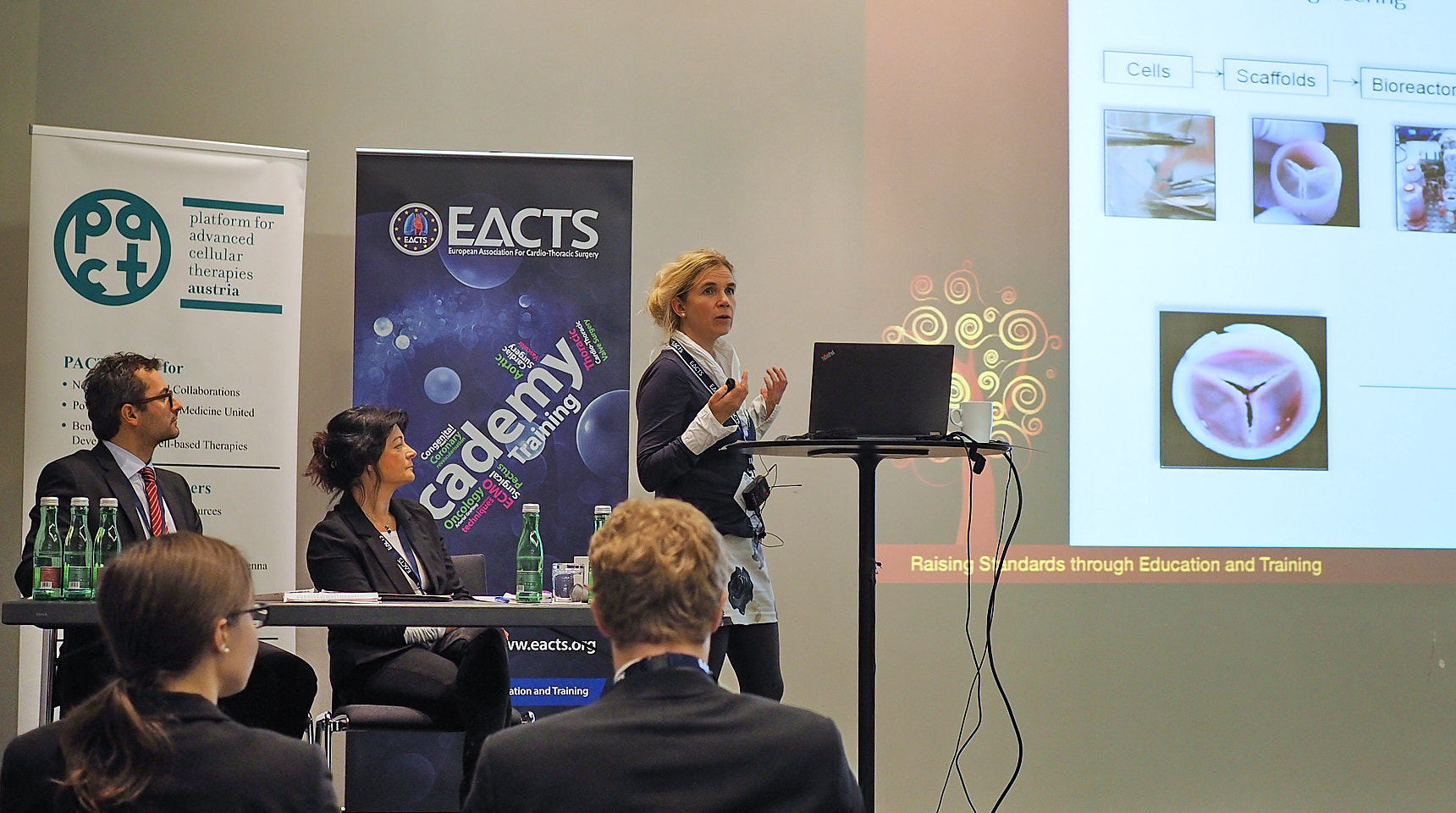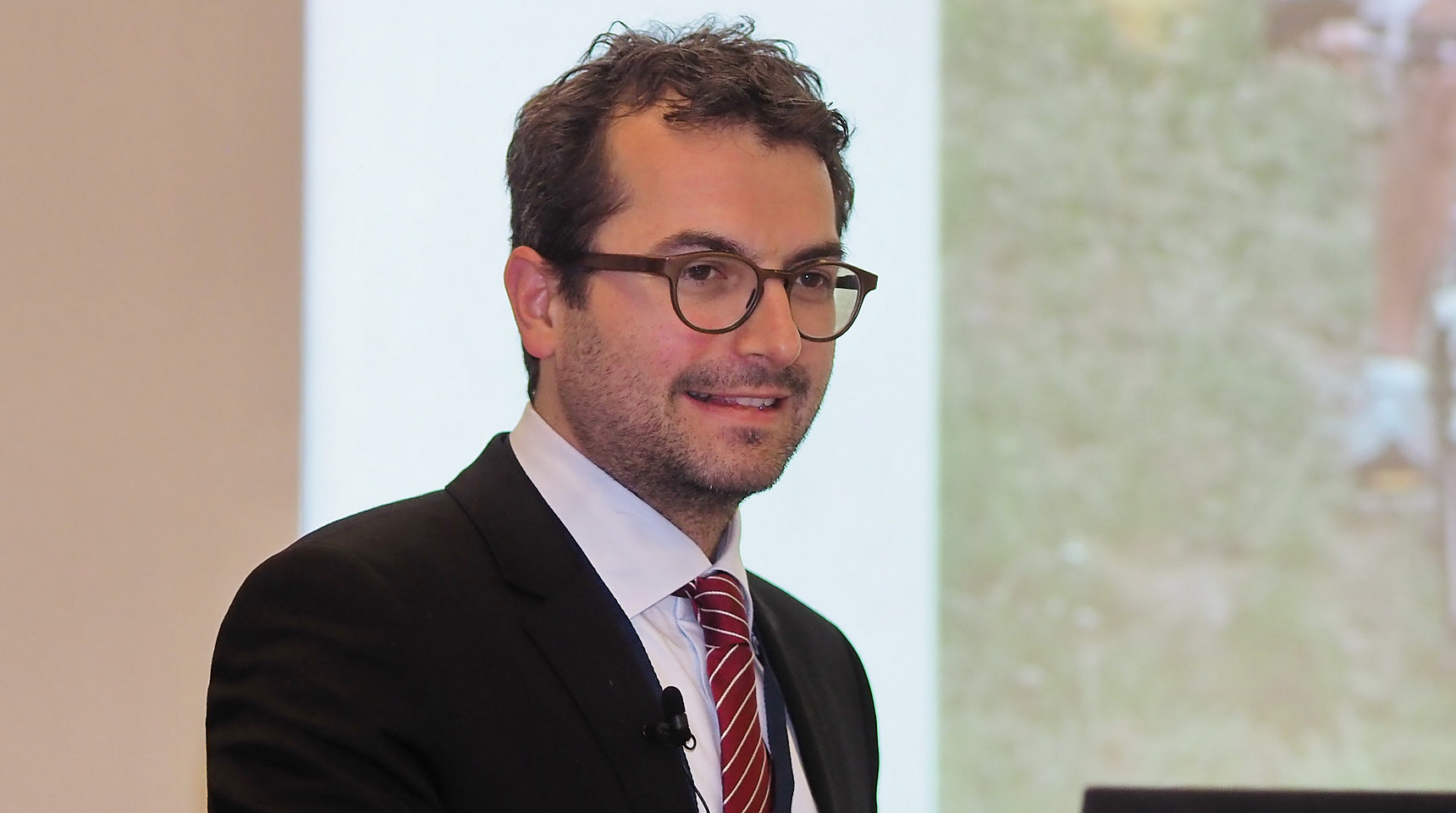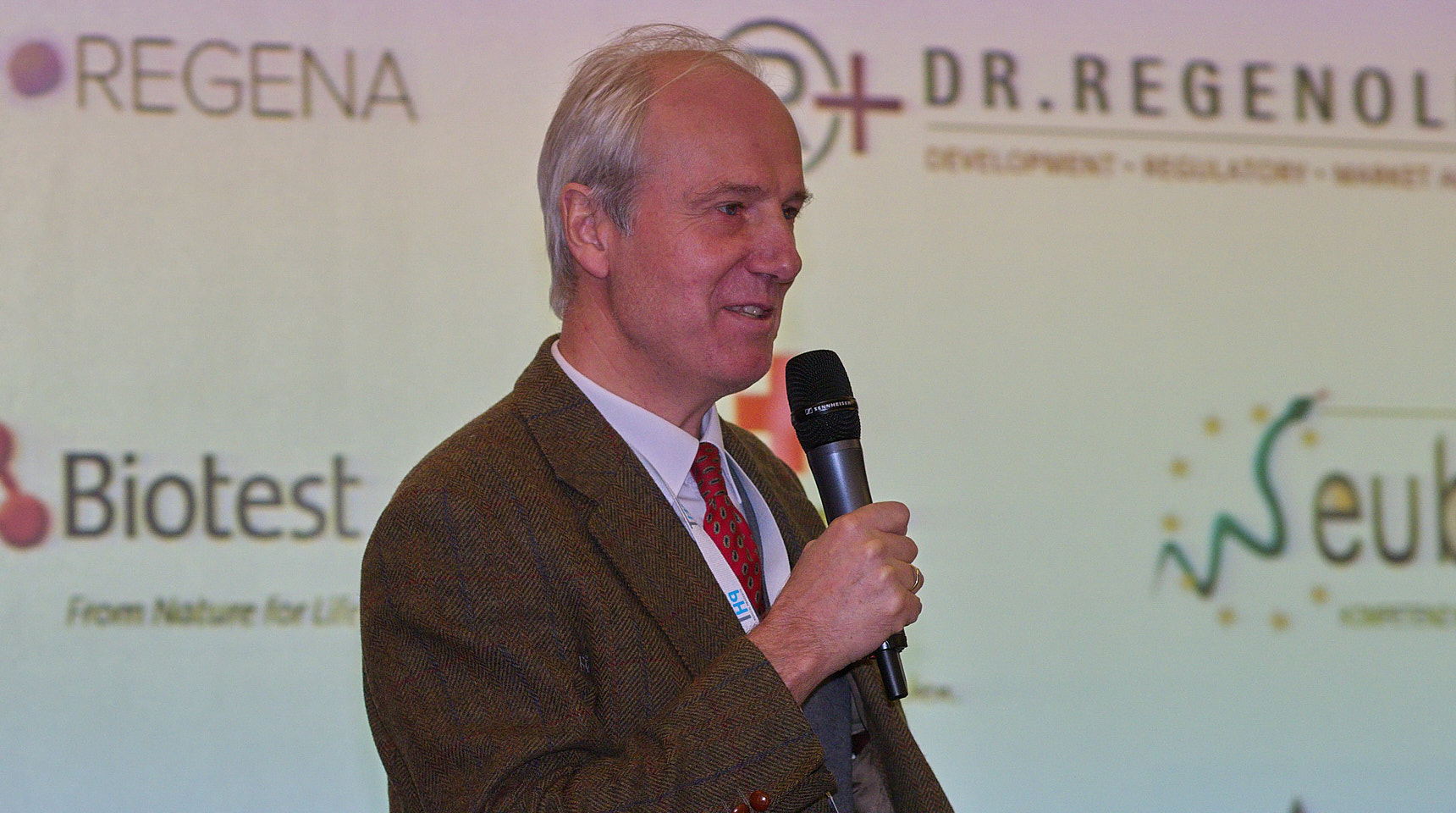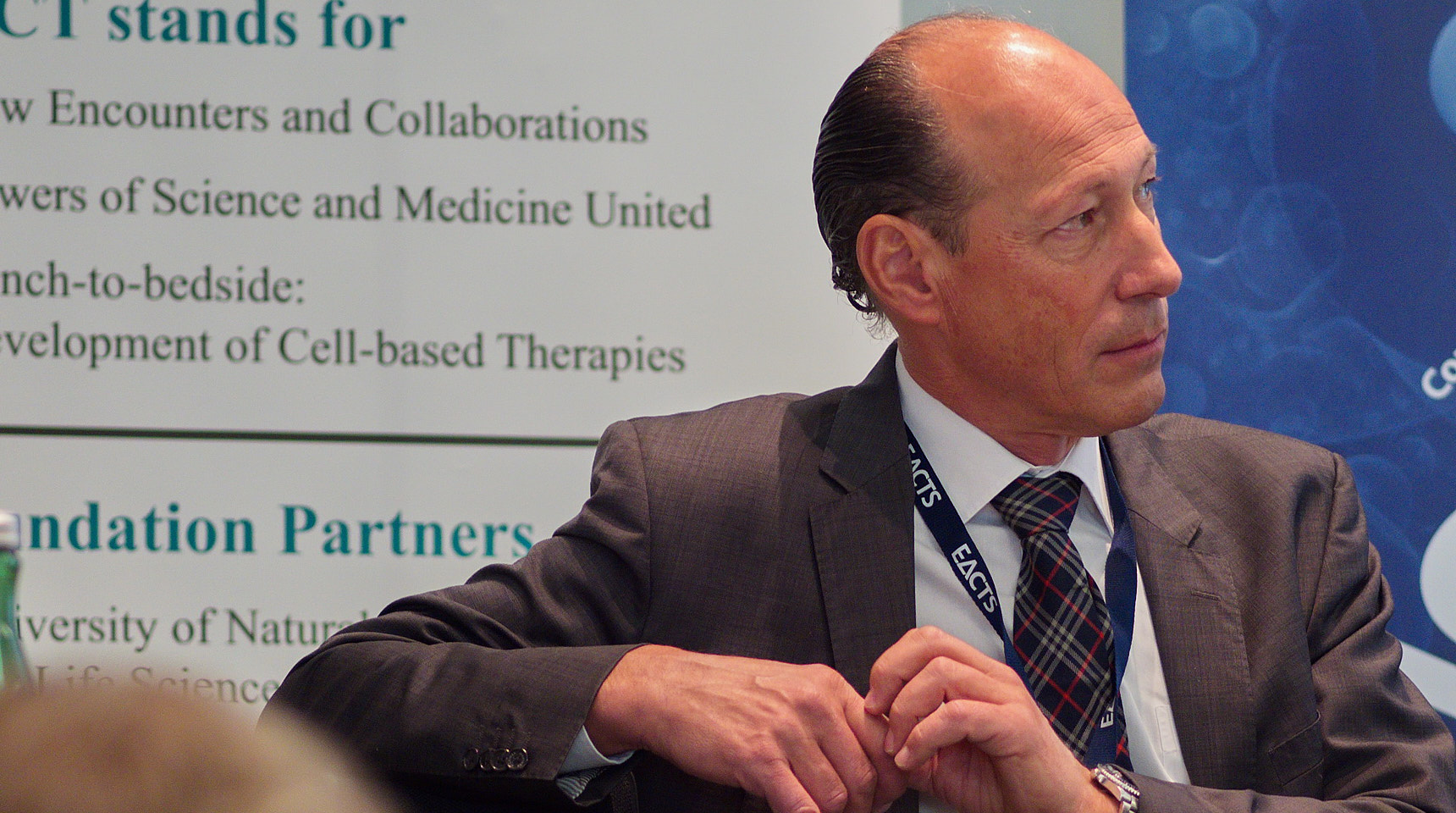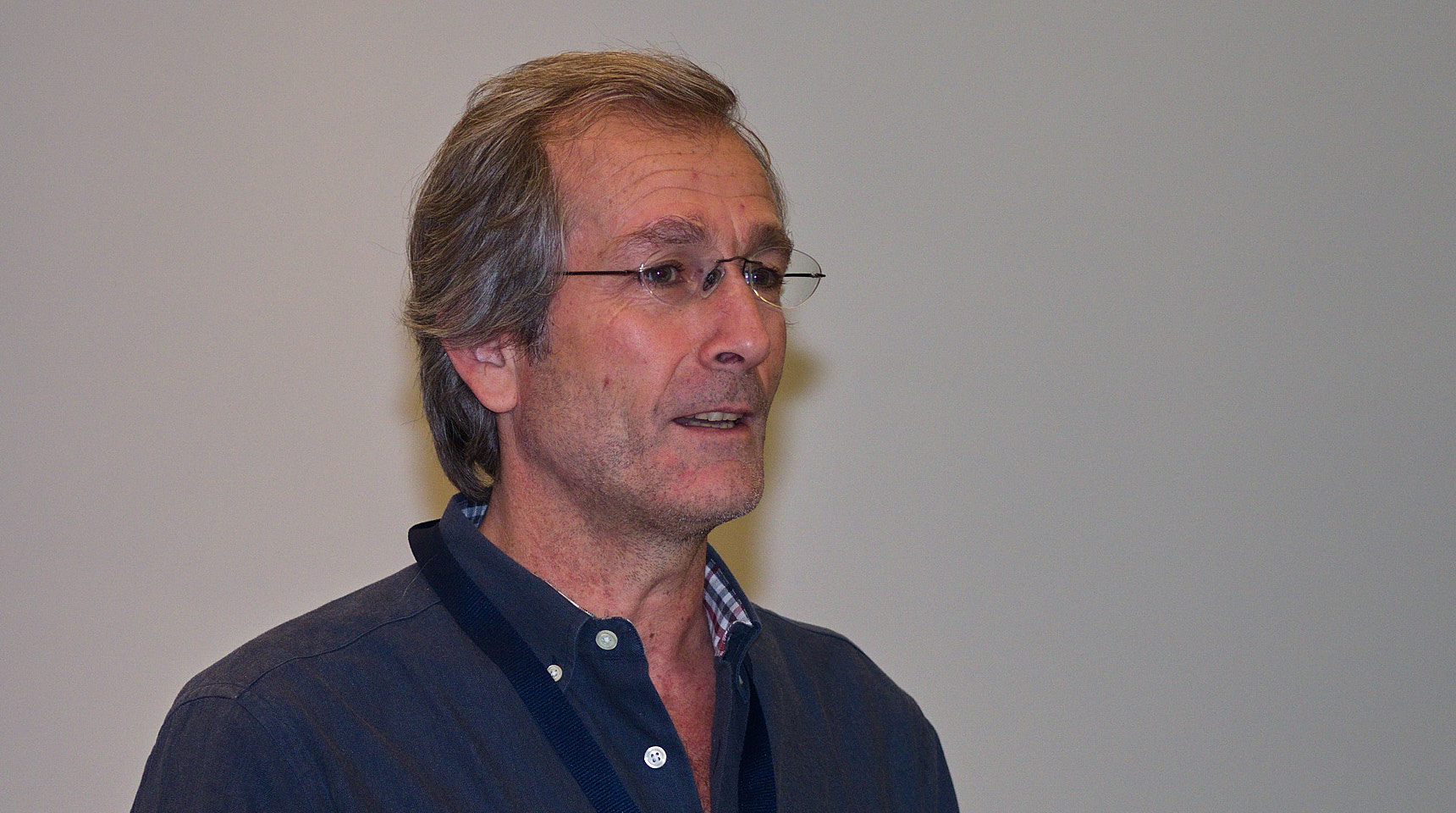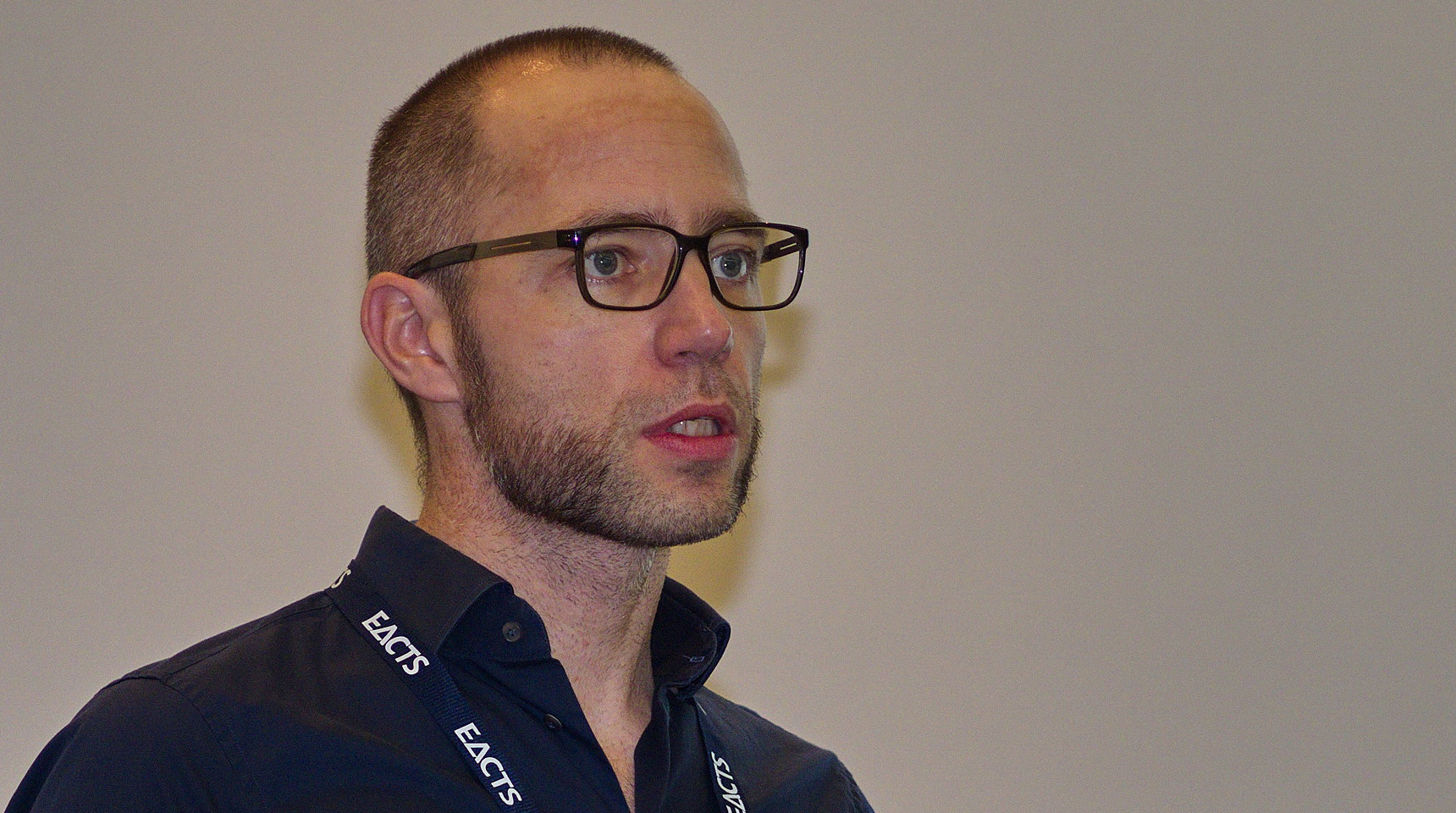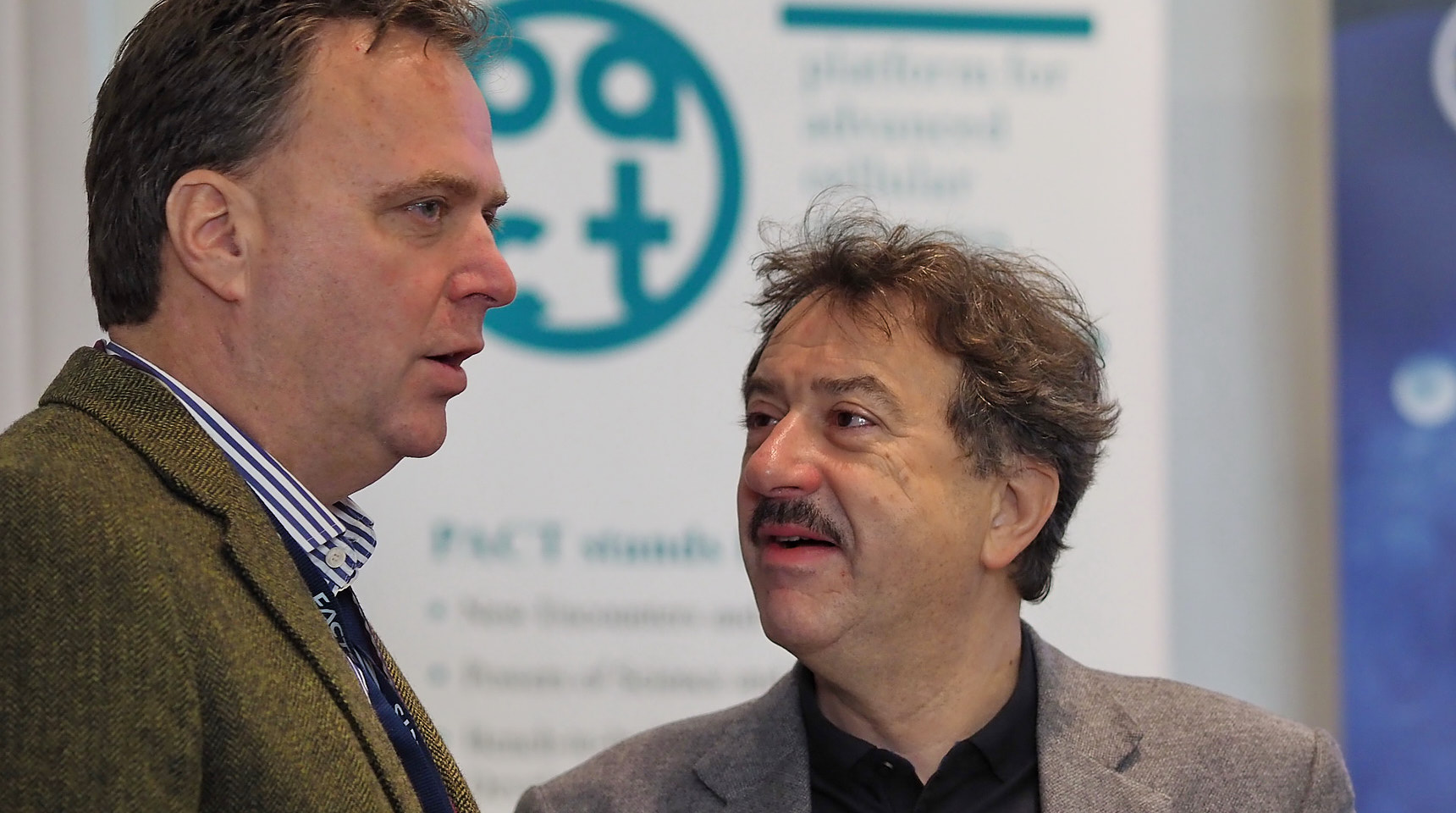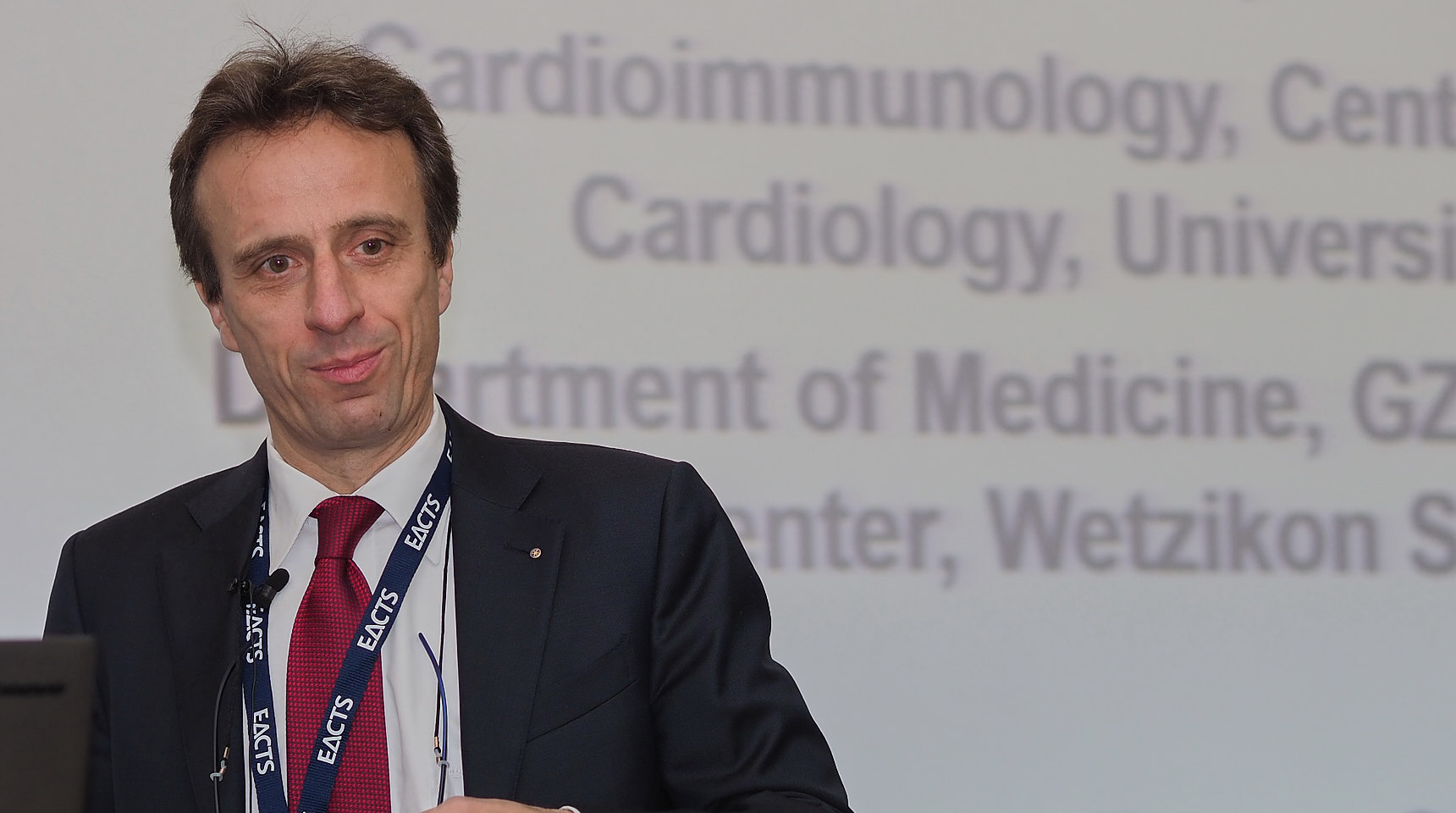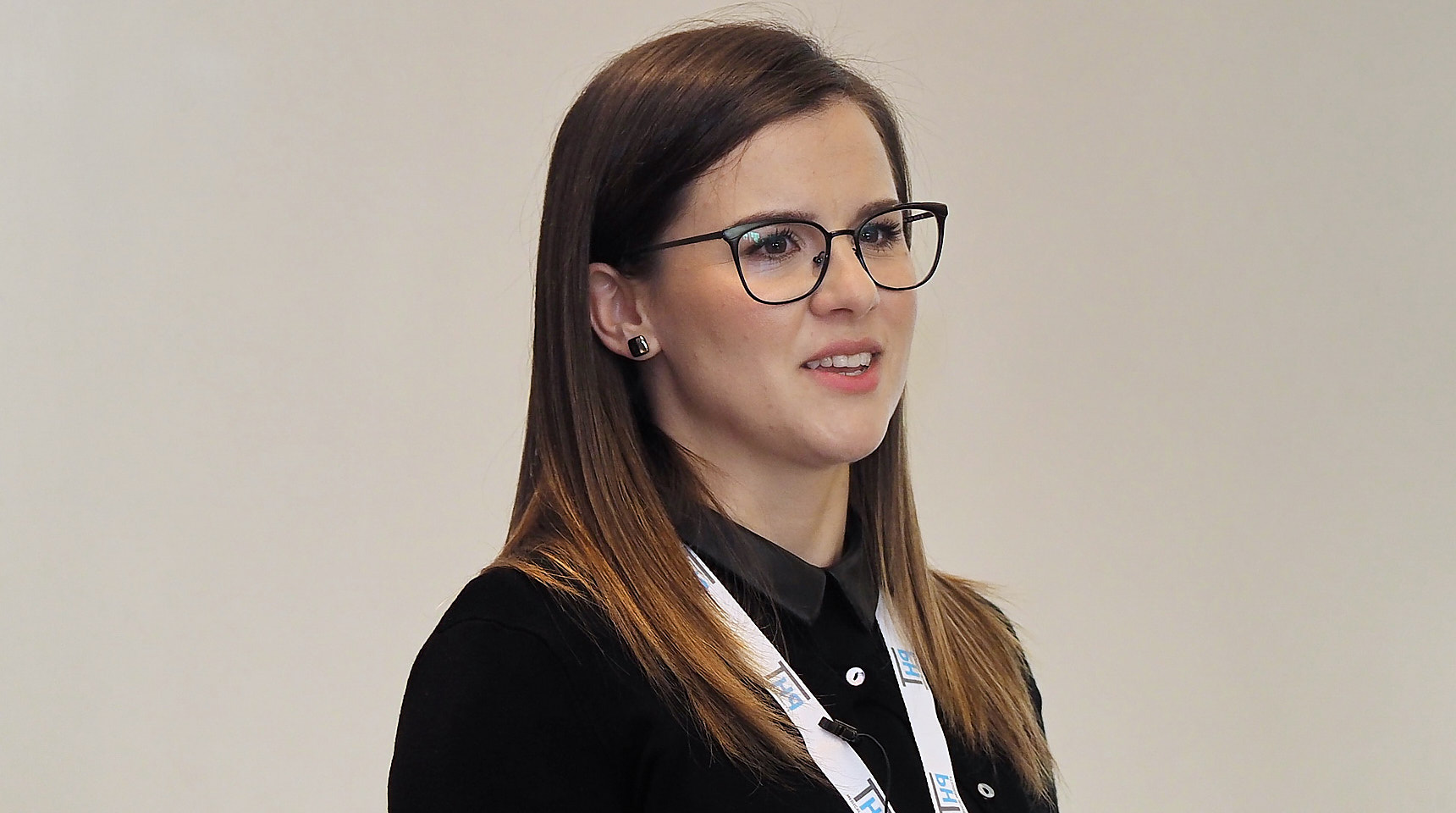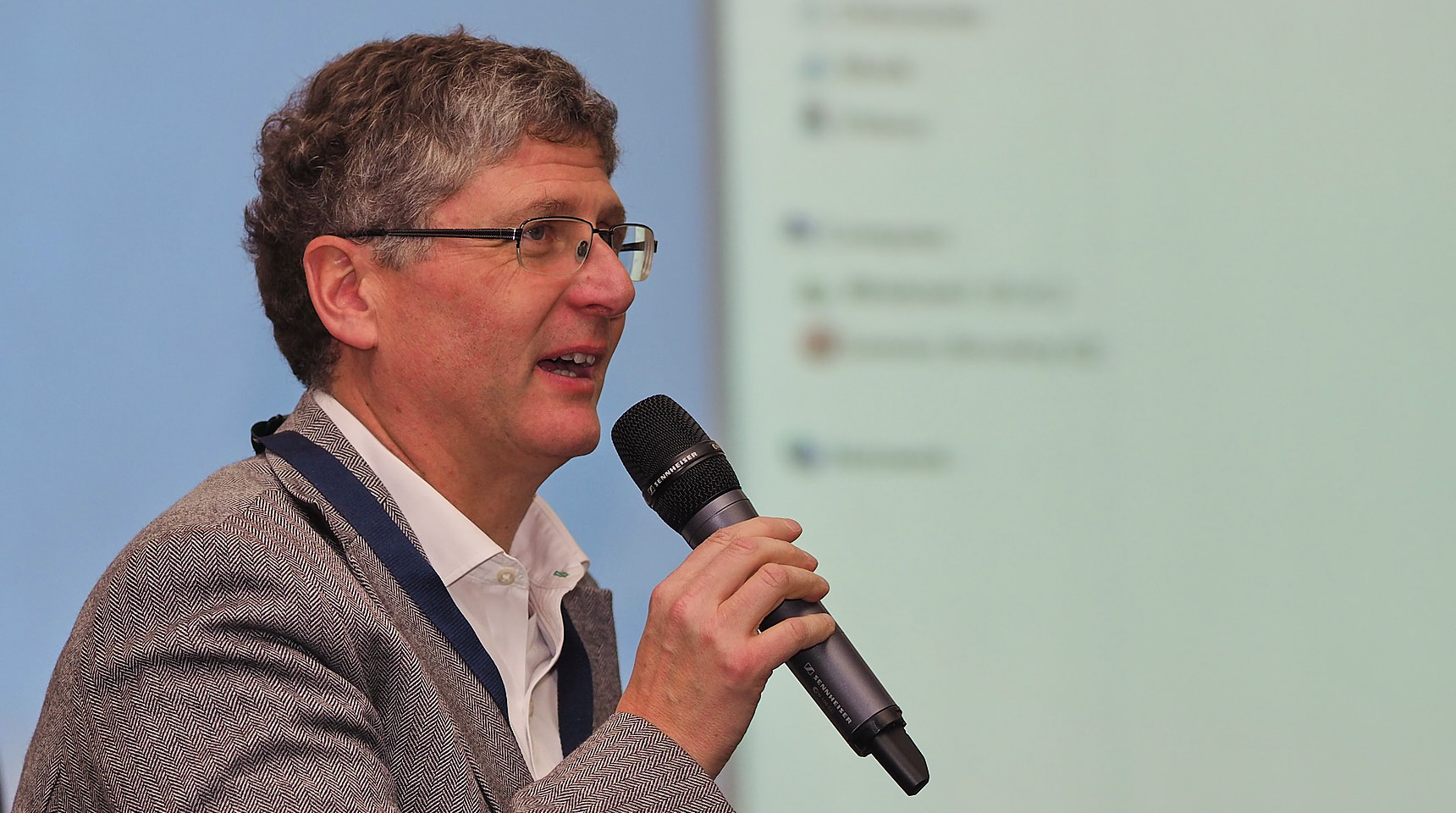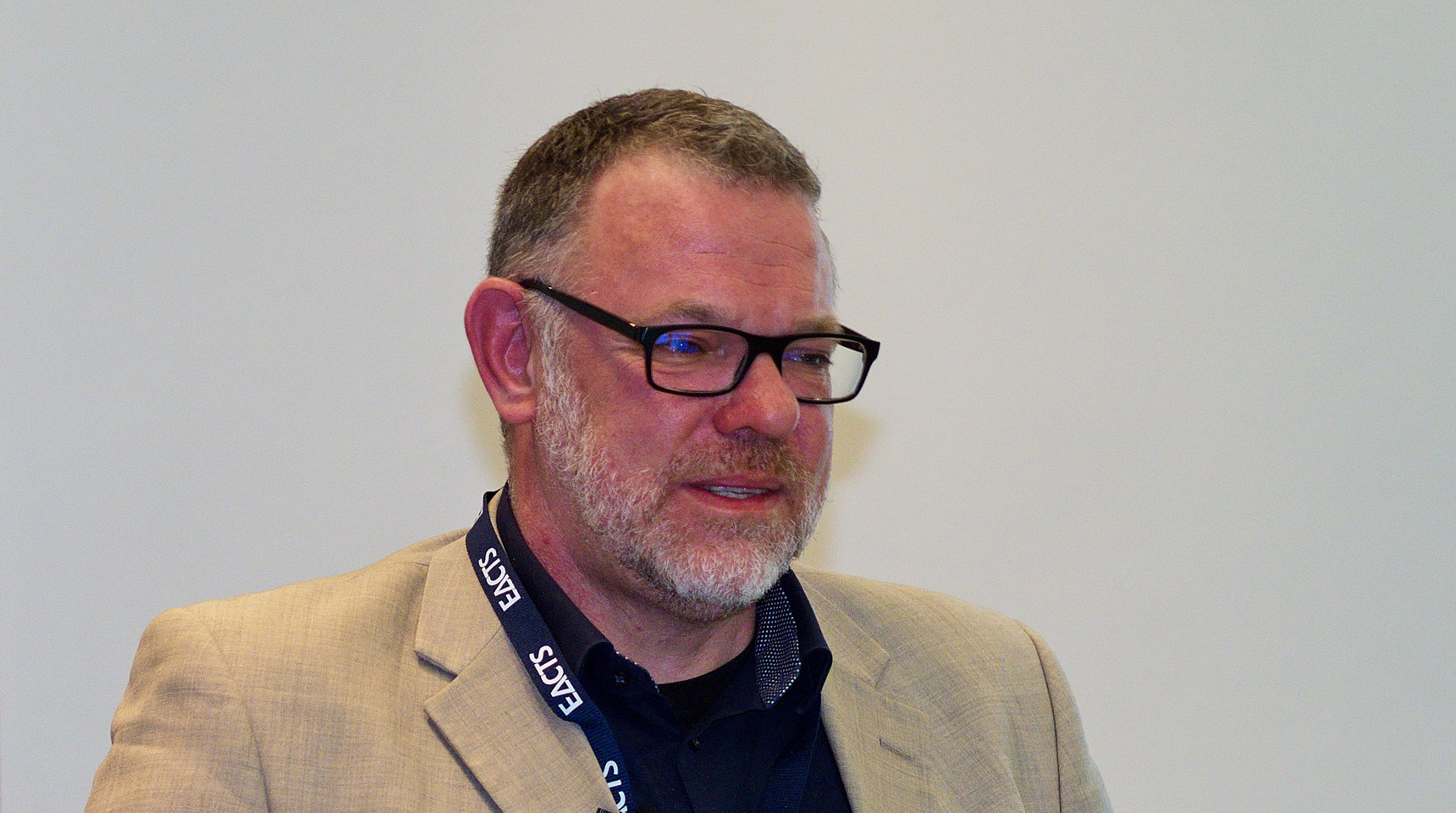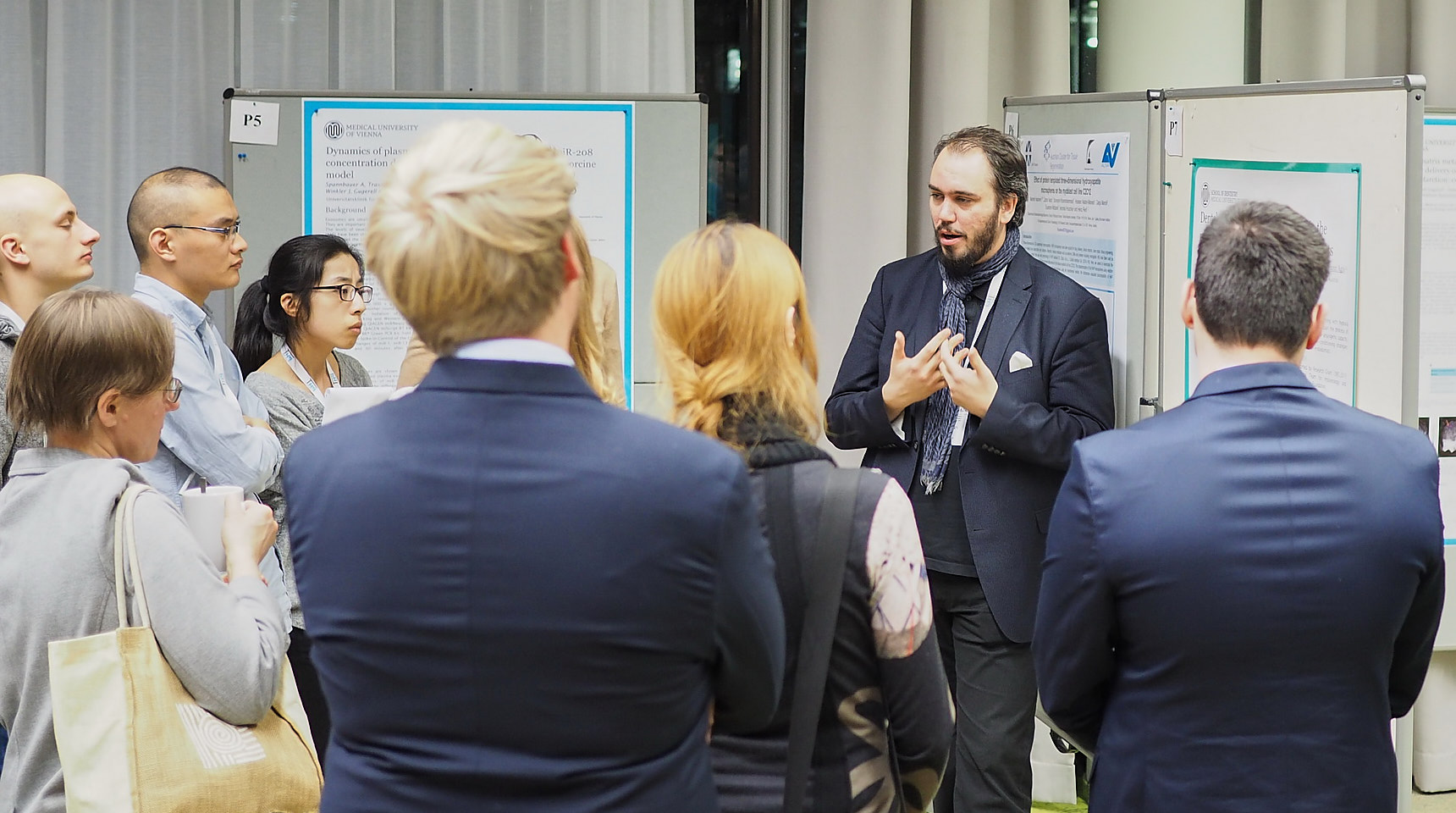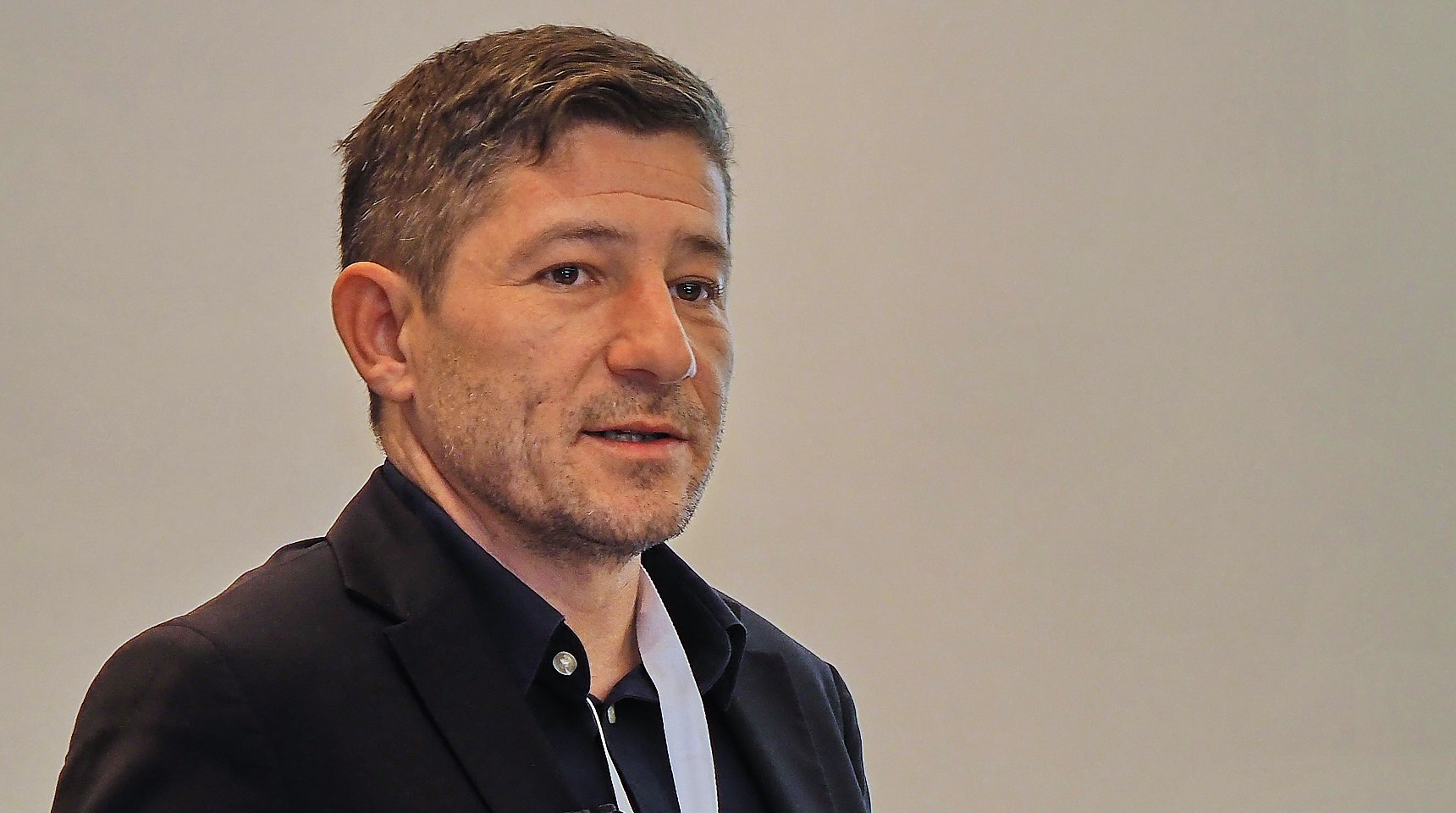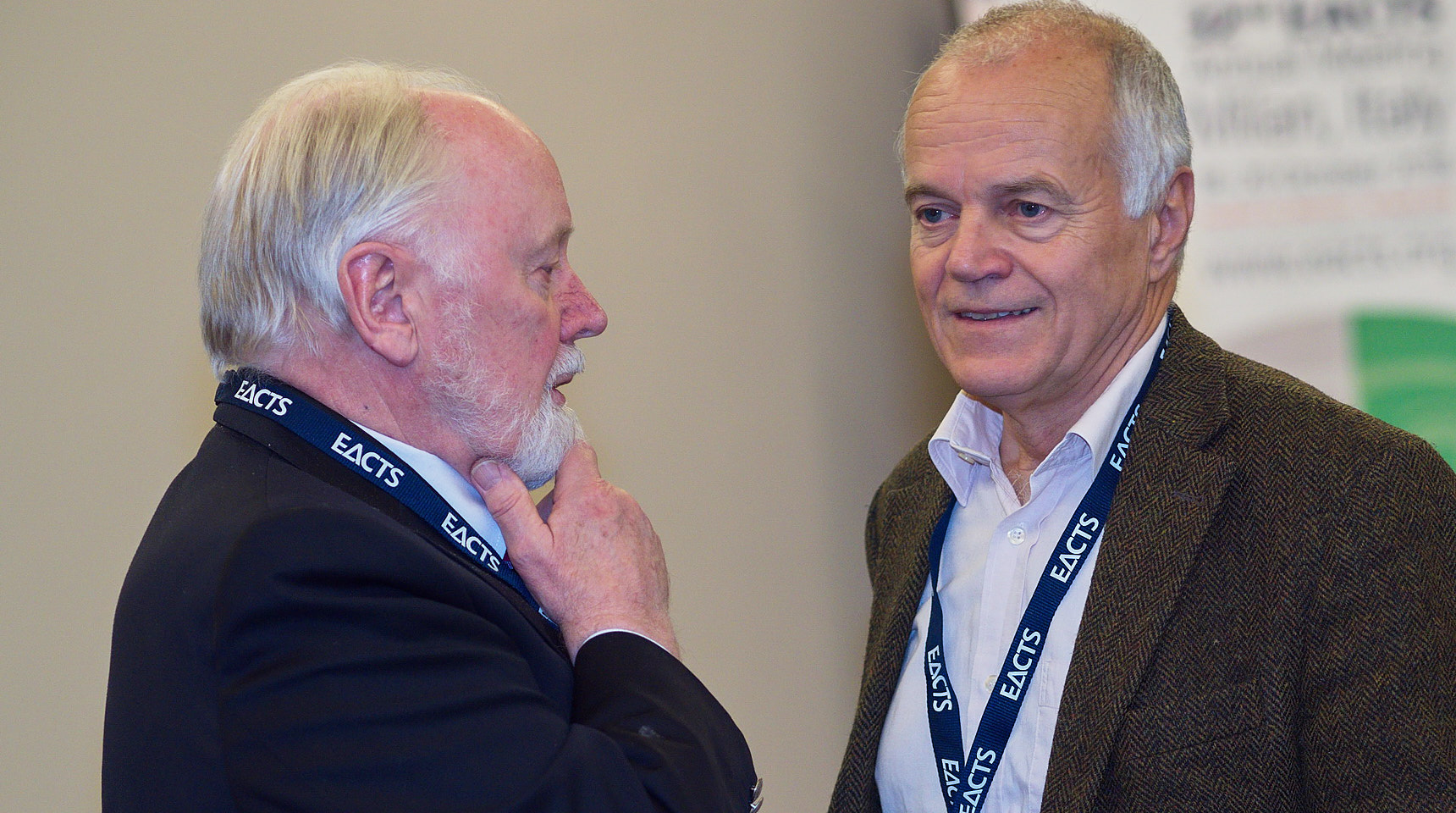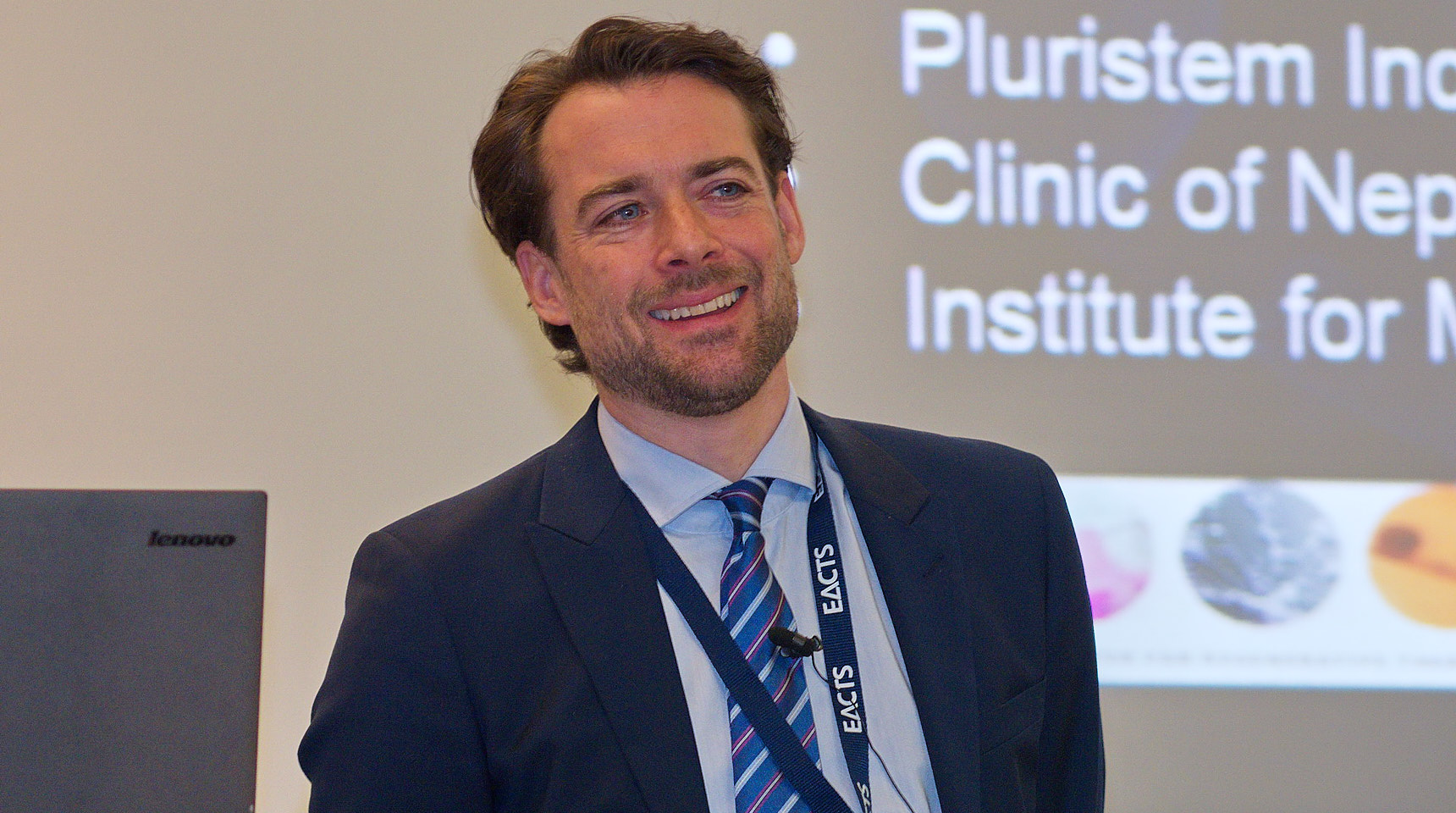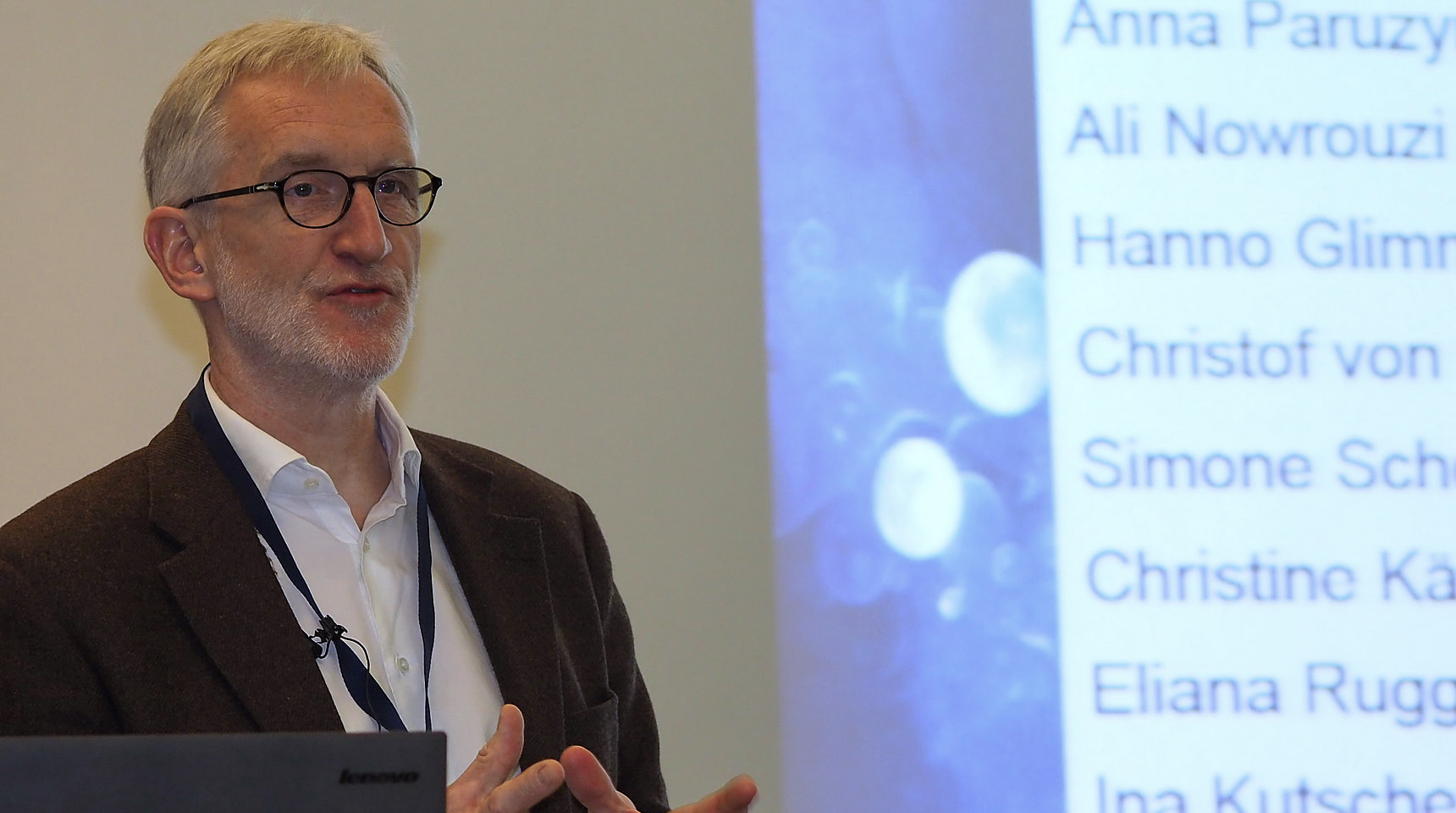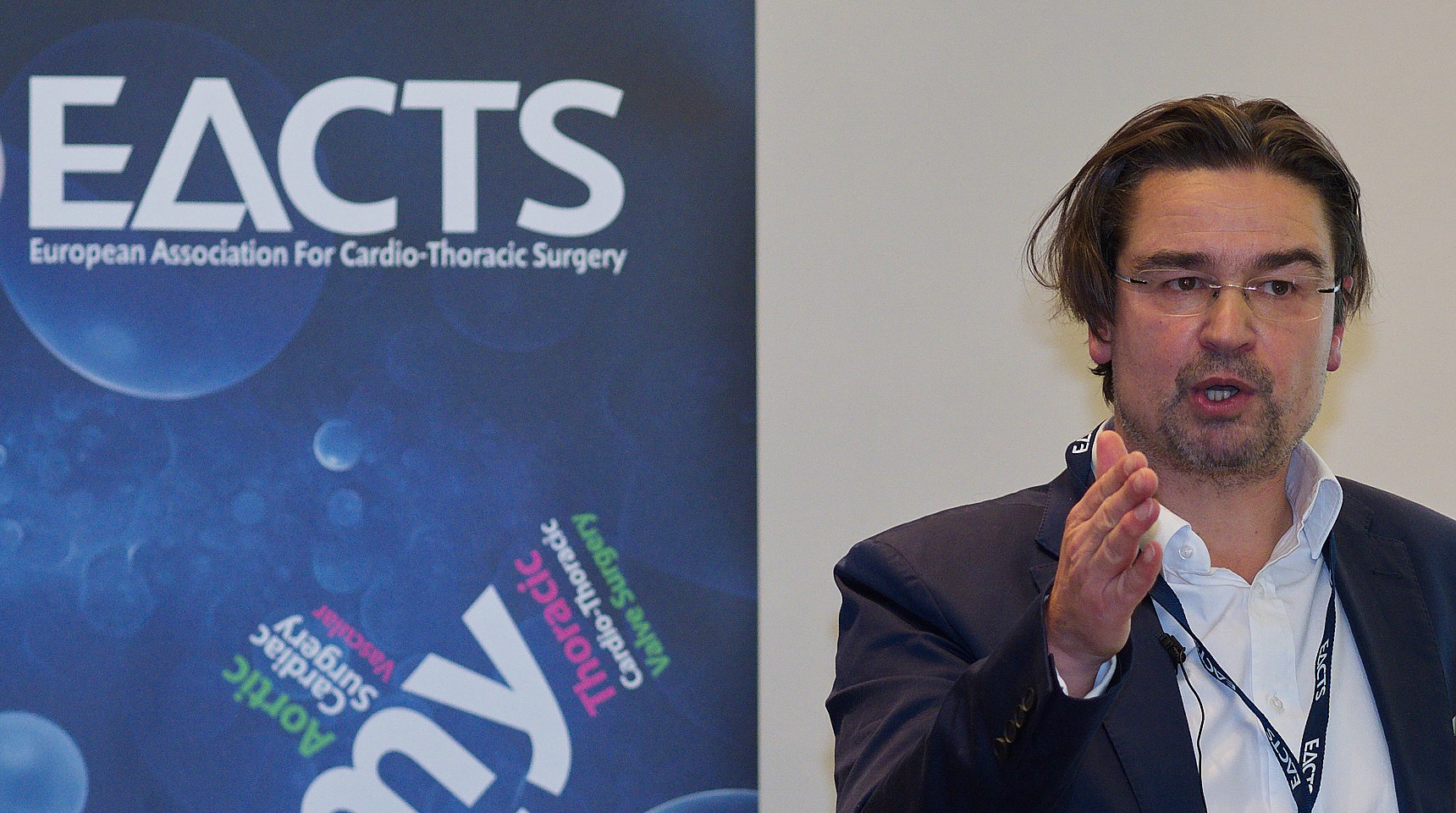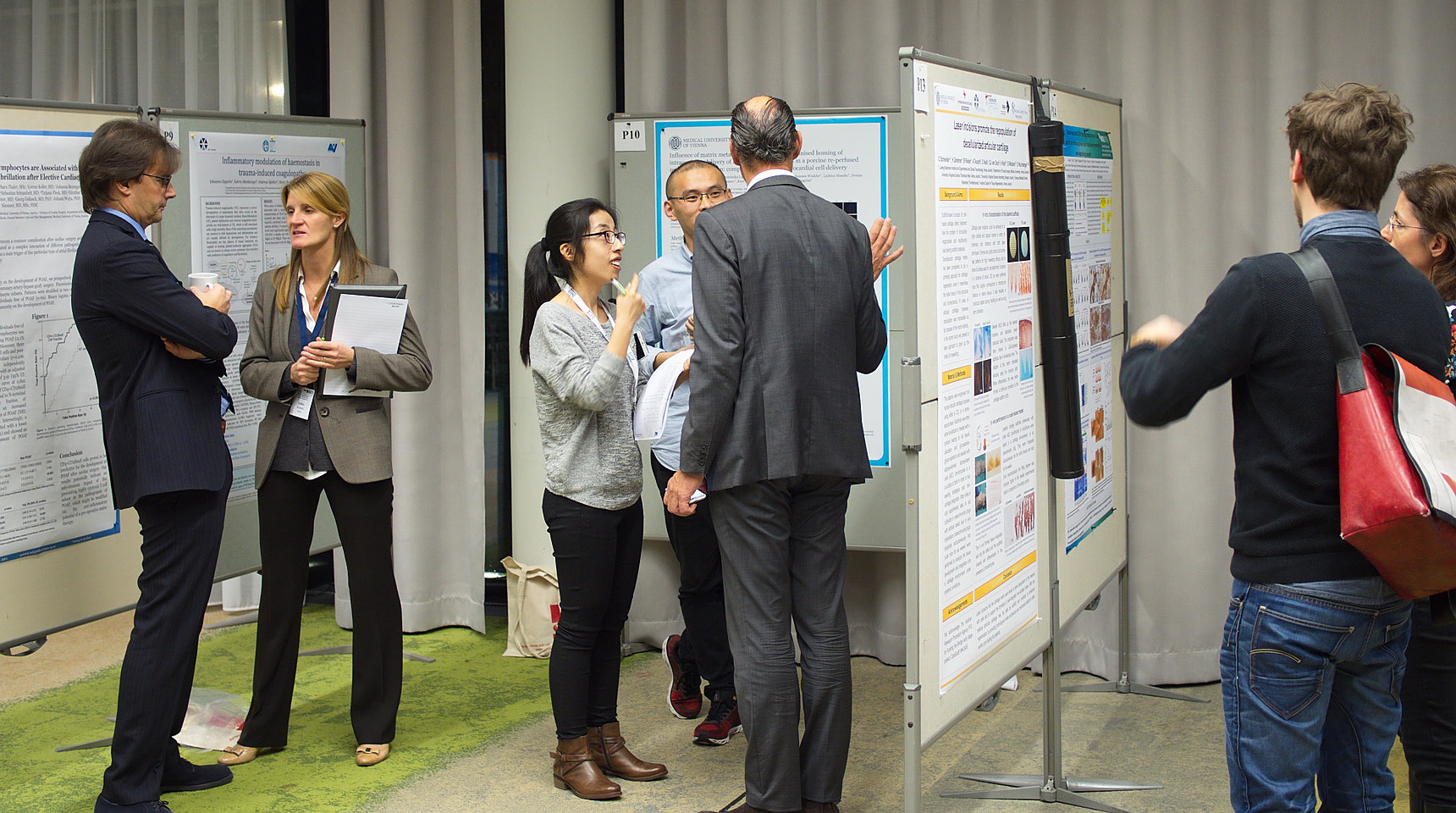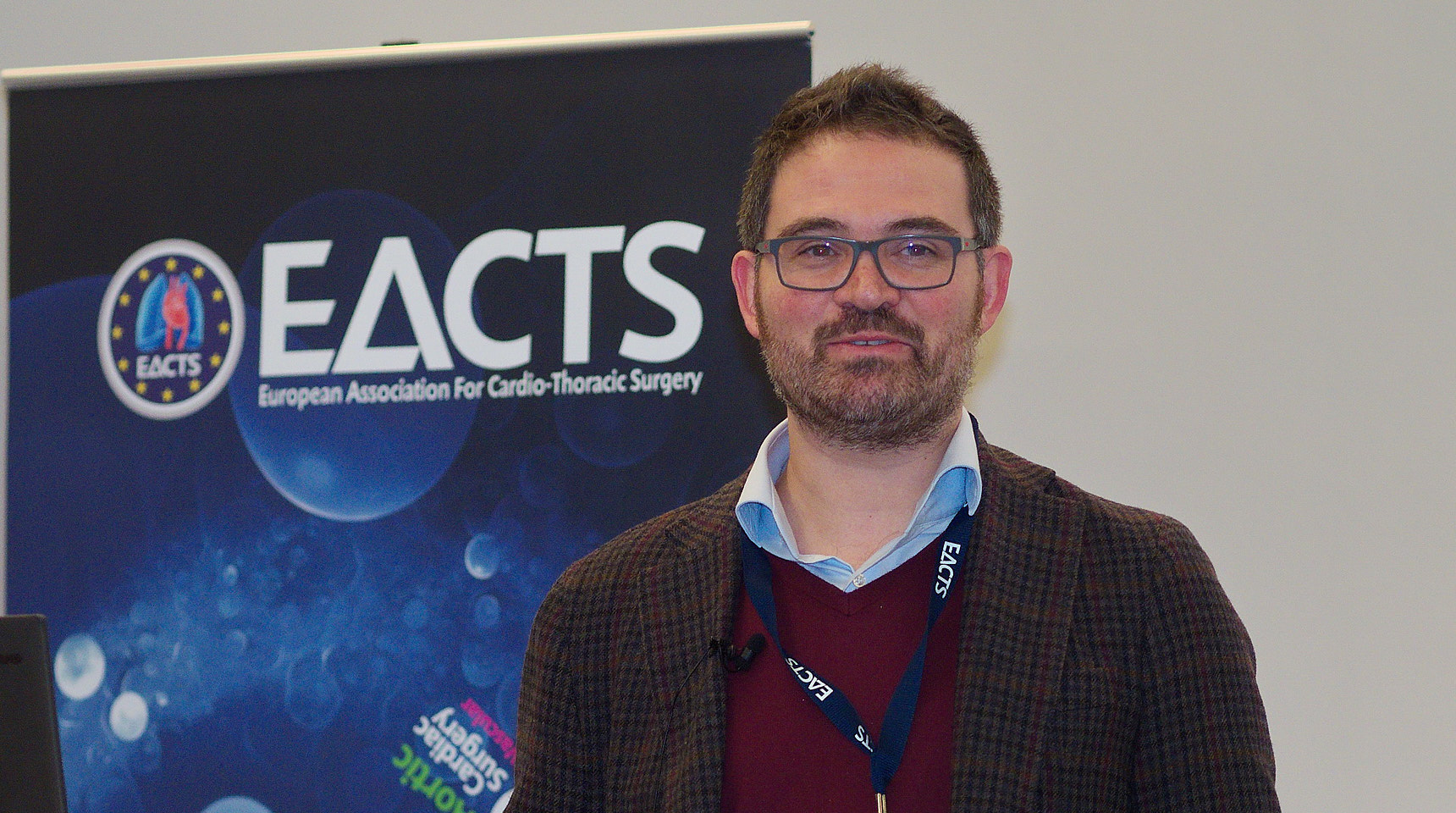Recap EACTS – PACT Joint Symposium
„Regenerative Medicine: Taking the Science to the Patient“
30th November and 1st December 2017
Vienna, Austria
By the time you read this, we trust that you have returned safe and well to your work place with a motivation and determination to continue your work at least a little, in some aspect, inspired by our joint symposium.
The aim of scientific work in the field of regenerative medicine is to develop devices or novel cell based therapies and derived products that will serve to treat or cure disease-ridden patients. Indeed, to augment and exchange knowledge between groundbreaking fundamental research, the “clinic” and the health agencies that finally approve novel medical devices and novel drug therapies to society. With this in mind, EACTS and PACT joined forces to organize a meeting that brought together basic scientist, clinicians, regulatory affairs and service providers to discuss outlook and progress in regenerative medicine.
Especially in the cardiothoracic field which was the focus of this year’s symposium the “cell centric vision” is under heavy discussion after potential cell based therapies in myocardial infarction have not lived up to the expectations hypothesized by preclinical research. However, novel scientific developments like secretory products derived from cells with regenerative and/or cytoprotective capabilities can now be seen on the horizon of scientific endeavour.
At the Symposium, the excellent quality of the chairs, their session keynotes and speakers with your enthusiasm as participants contributed greatly to make this symposium not only successful but an exhilarating experience. At this point, we would like to thank our Sponsors again very much indeed, since without their support and loyalty such a Symposium would simply not occur. It was also very gratifying to note that so much of the “audience” was students to whom the future of our knowledge belongs and who can continue to develop their skills for patient benefit.
Undoubtedly, cell based therapies will come to the benefit of patients or indeed, cell derived “soups” will develop into “cocktails” or regimes for treatments that will contribute to relieve human and animal disease or suffering.
Finally, we would like to draw your attention to the Book of Abstracts that is available now and the Video Recordings of highlights of this Symposium that will be available by end of January 2018.
“What appears as the impossible is more likely to happen the more often it is attempted” let us continue to work together in “Taking the Science to the Patient”.
Michael Comer, Hendrik Jan Ankersmit, Beatrix Mayer-Reinprecht

